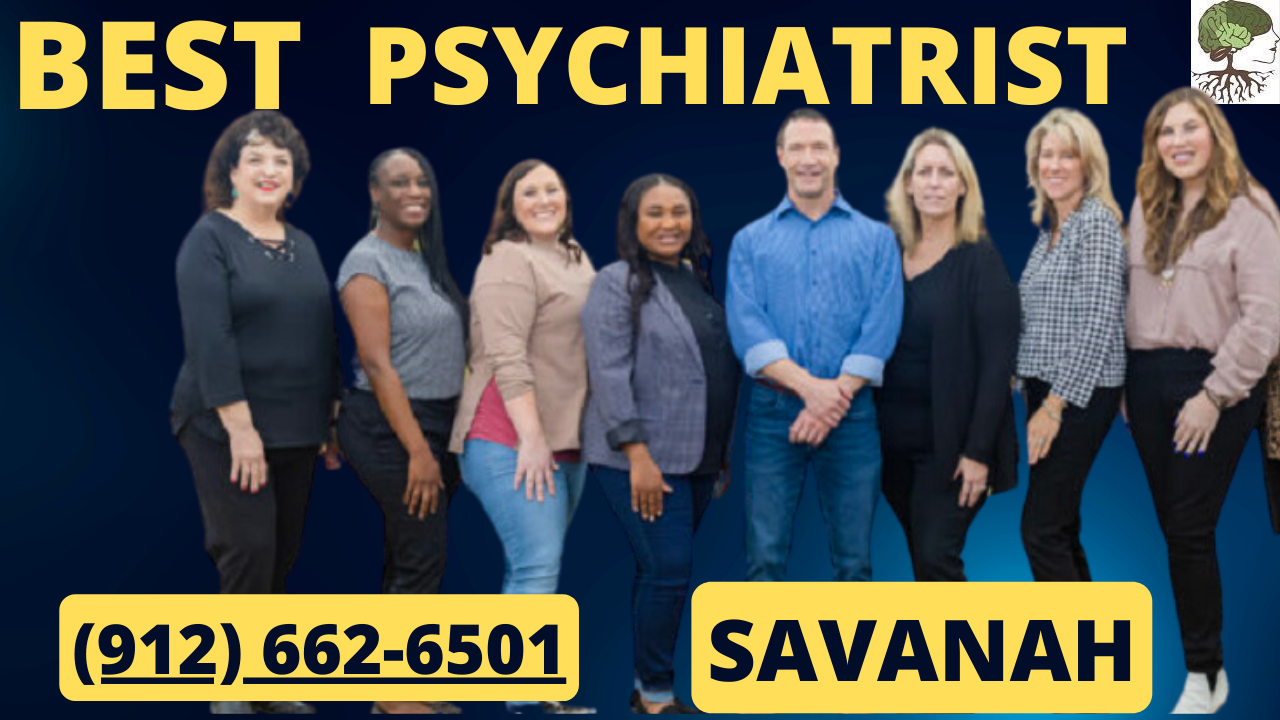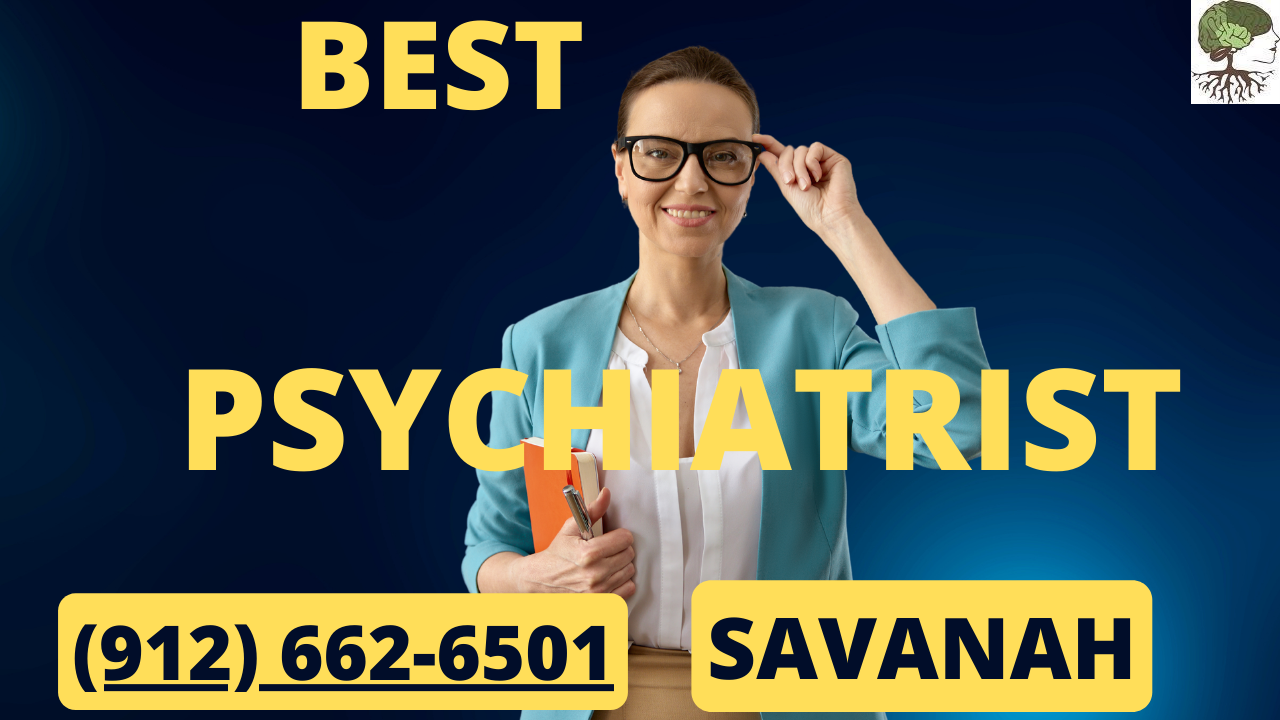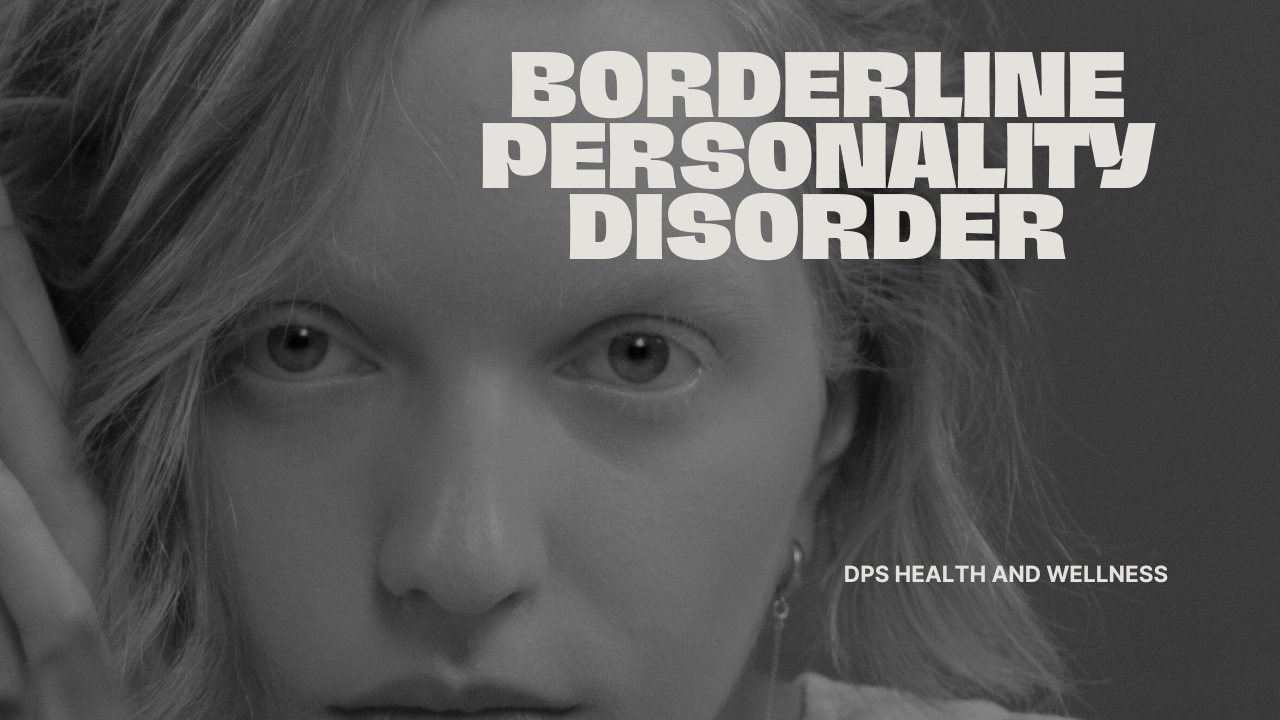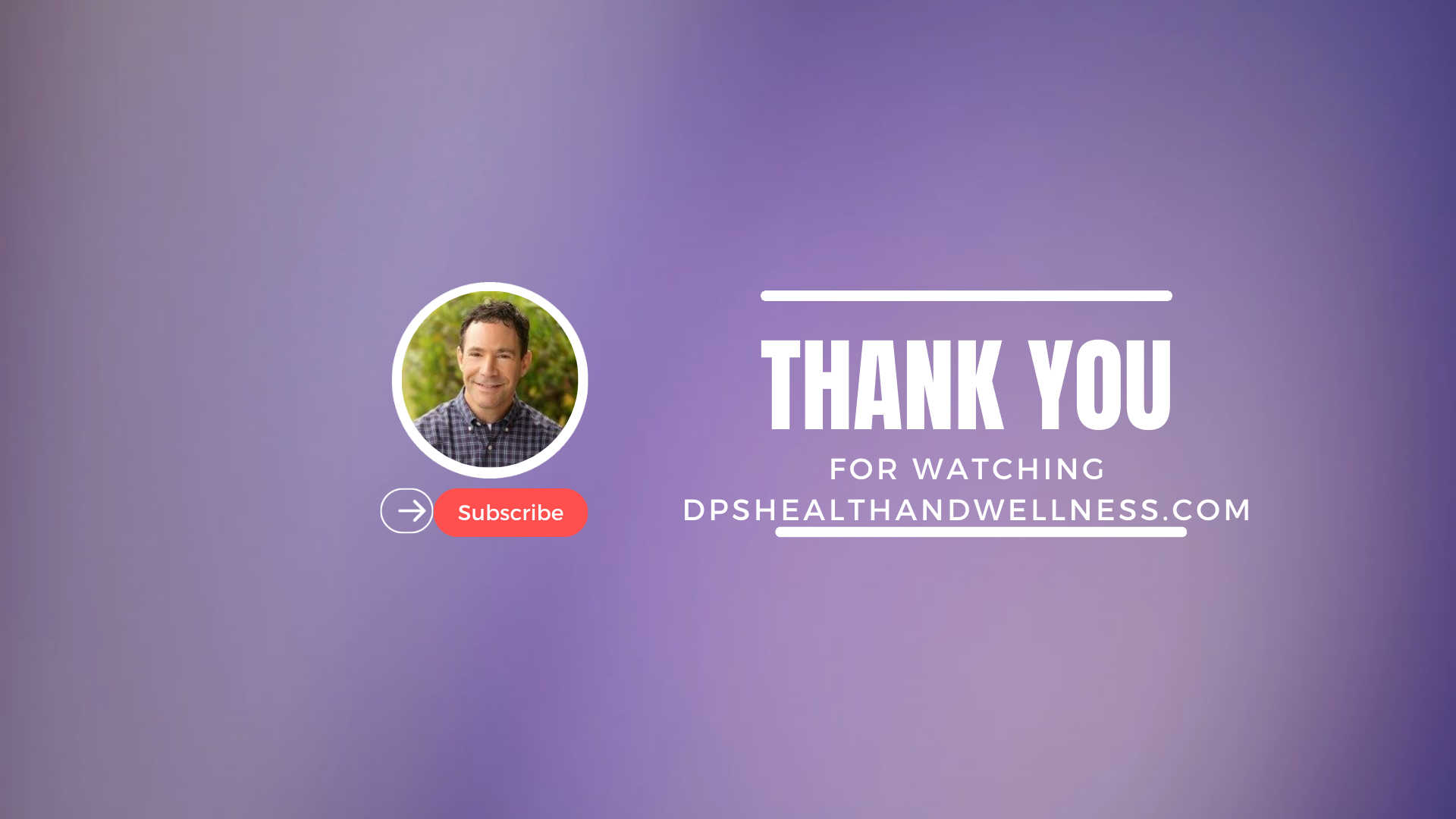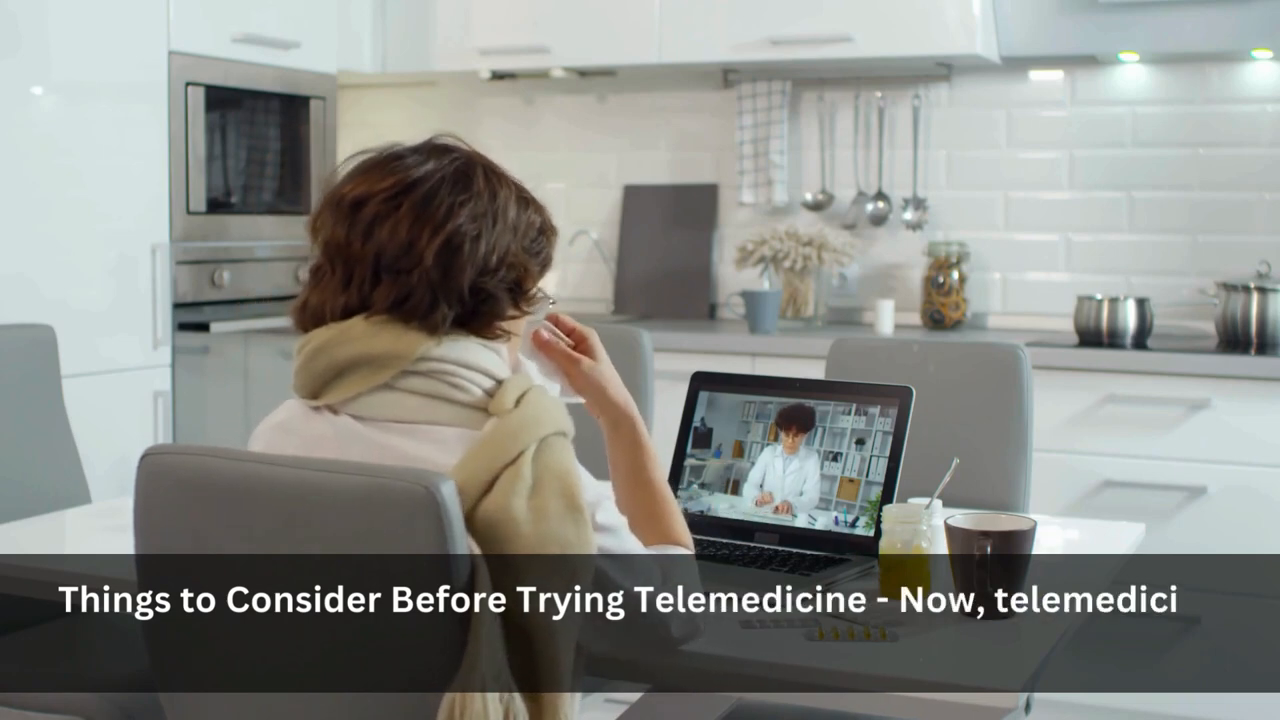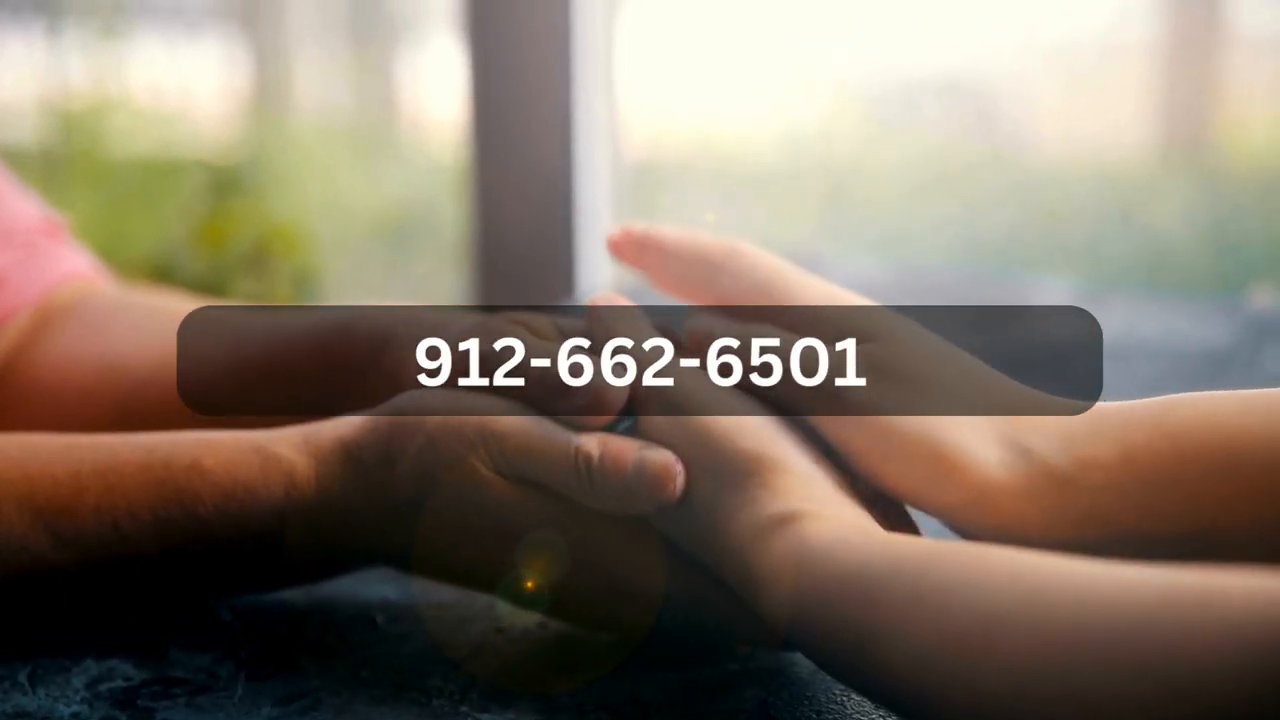Author Archives: Dave
- Home → Author's archive:
Unveiling Savannah’s Best Psychiatrist: Patient Success Stories
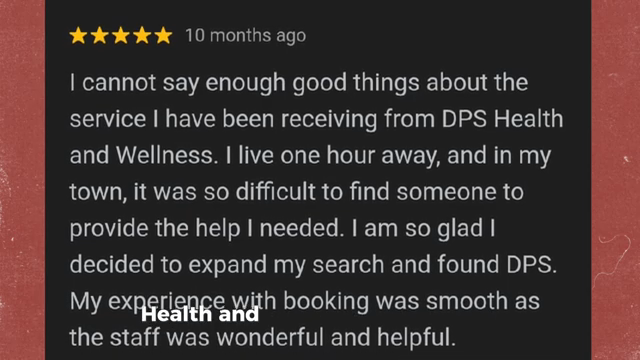
Hey everyone, welcome back! When it comes to our health and wellness, making informed decisions about who we trust with our care is paramount. Today, I’m excited to share a client review of DP’s Health and Wellness of Savannah. This holistic health center has garnered quite a reputation, and in this blog post, we’re diving straight into the heart of what makes it special. We’ll get insightful feedback directly from individuals who have experienced their services, giving you an inside look from the moment they walked through the door to their final treatment. If you’re curious about DP’s Health and Wellness of Savannah, stick around – this post is for you.
Real Patient Experiences
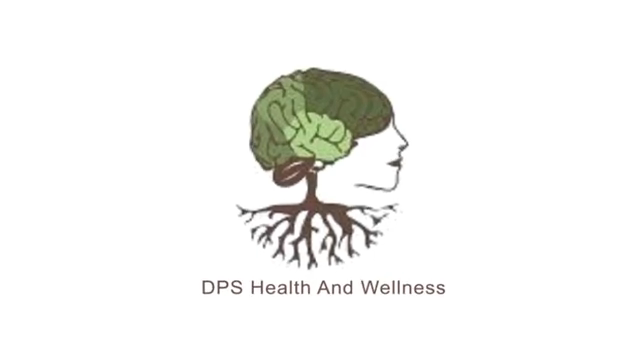
DP’s Health and Wellness of Savannah stands out not just for its expert care, but for the genuine experiences of its clients. One such client, Bertha del Guadillo, shares her journey.
“I cannot say enough good things about the service I have been receiving from DP’s Health and Wellness. I live 1 hour away, and in my town, it was so difficult to find someone to provide the help I needed. I am so glad I decided to expand my search and found DP’s. My experience with booking was smooth, the staff was wonderful and helpful.”
— Bertha del Guadillo
Imagine having to travel an hour just to find quality health care? For Bertha, every mile was worth it to find the right fit. Let’s delve deeper into what made her experience exceptional.
The Warm Welcome and Exceptional Staff

From the moment Bertha decided to widen her search radius and booked an appointment at DP’s, she was met with a seamless booking process and friendly staff who assisted her every step of the way. The reception team’s warm demeanor and efficiency set a positive tone for her journey towards wellness.
Compassionate Care by Expert Practitioners
At the heart of Bertha’s story are the compassionate care and extraordinary support extended by Doctor Samuels and Doctor Hollis. Each practitioner takes the time to listen intently and craft personalized care plans tailored to individual needs. Bertha recalls:
“Doctor Samuels and Doctor Hollis have been outstanding in listening and providing support.”
— Bertha del Guadillo
Their dedication shines through, ensuring that each patient feels heard, valued, and optimally treated.
Another Satisfied Client: Ramsey Watley
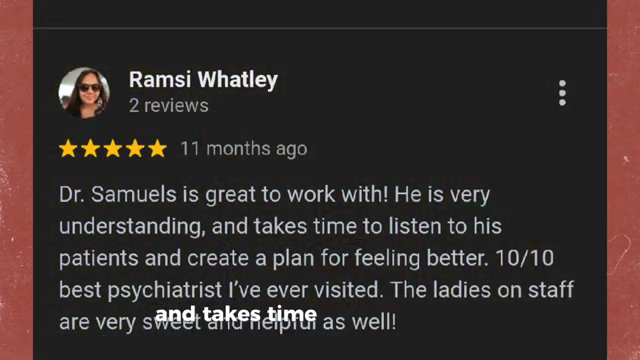
Echoing similar sentiments is Ramsey Watley. His experience with Doctor Samuels further solidifies the center’s reputation for exceptional psychiatric care.
“Doctor Samuels is great to work with. He is very understanding and takes time to listen to his patients and create a plan for feeling better. Ten tenths best psychiatrists I’ve ever visited.”
— Ramsey Watley
Ramsey’s testimonial emphasizes the investment DP’s practitioners make in their patients, highlighting an approach that combines expertise with genuine empathy.
Comprehensive Care: Walking Through the Services
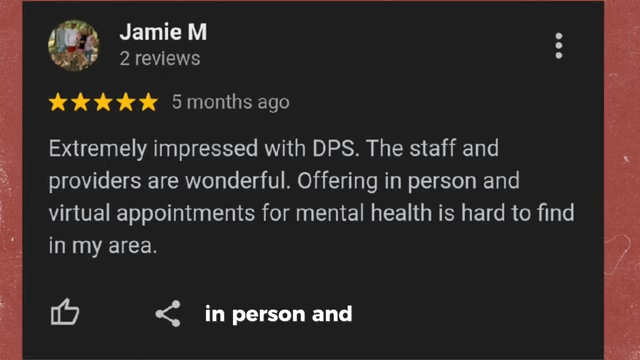
DP’s Health and Wellness of Savannah provides a variety of services, including both in-person and virtual appointments. This flexibility is a game-changer for individuals seeking mental health support but struggling to find reliable care locally.
Jamie M, another satisfied client, highlights this aspect:
“Extremely impressed with DP’s. The staff and providers are wonderful. Offering in-person and virtual appointments for mental health is hard to find in my area.”
— Jamie M
This blend of accessibility and high standards is what makes DP’s a go-to for many.
Why Choose DP’s Health and Wellness of Savannah?
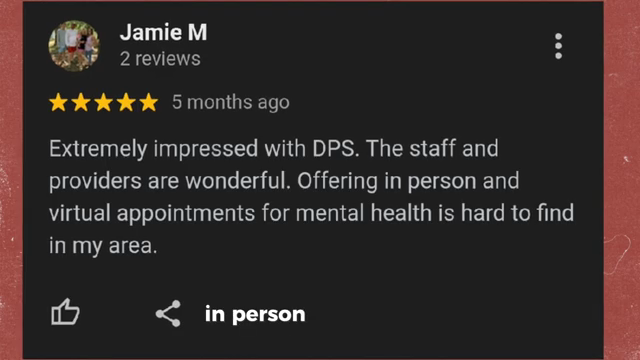
After reading these testimonies, you might be wondering what sets DP’s apart. Here are some compelling reasons to consider contacting them today:
1. Expert Practitioners
DP’s boasts a team of highly qualified doctors who are not only skilled but also compassionate. Their approach ensures personalized care that addresses specific health and wellness needs, making every patient feel valued and understood.
2. Accessible Appointments
Whether you prefer in-person visits or need the convenience of virtual consultations, DP’s has you covered. This flexibility ensures that everyone can access the care they need without unnecessary hurdles.
3. Comprehensive Holistic Health Care
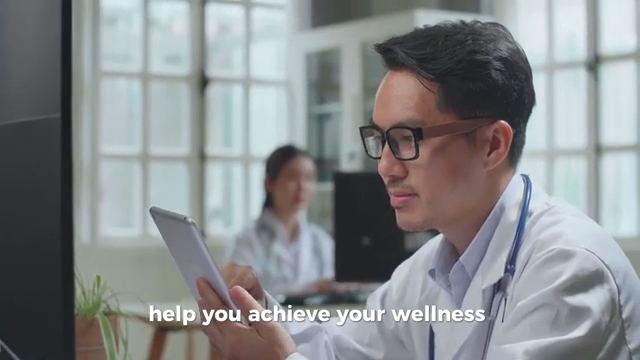
From mental health support to general wellness, DP’s comprehensive services cover all bases. This holistic approach helps patients achieve overall well-being.
4. Patient-Centric Approach
At DP’s, the patient’s needs are always at the forefront. The testimonials speak volumes about the dedication and personalized attention each patient receives, ensuring a positive and supportive experience throughout their health journey.
Take the First Step Towards Better Health Today

If you’re ready to take control of your health and wellness, DP’s Health and Wellness of Savannah is a fantastic place to start. Book your appointment today and take the first step towards a healthier, happier you. Let their experts help you achieve your wellness goals.
For more information or to book an appointment, visit DP’s Health and Wellness of Savannah.
Thank you for reading! I hope you found these client reviews insightful and helpful in understanding what DP’s Health and Wellness of Savannah is all about. If you have any questions or experiences to share, leave a comment below. See you in the next post!
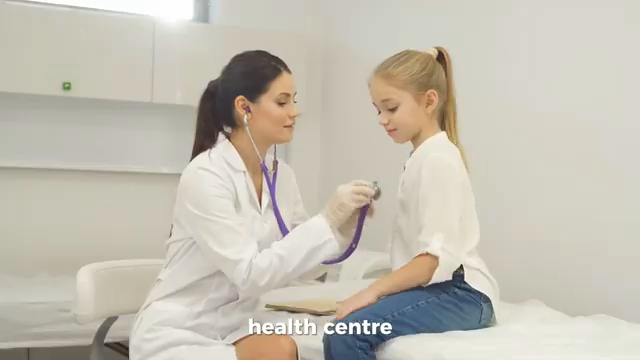
Savannah’s Best Psychiatrist: A Comprehensive Review of DP’s Health and Wellness
🌟 Savannah’s Best Psychiatrist: A Comprehensive Review of DP’s Health and Wellness
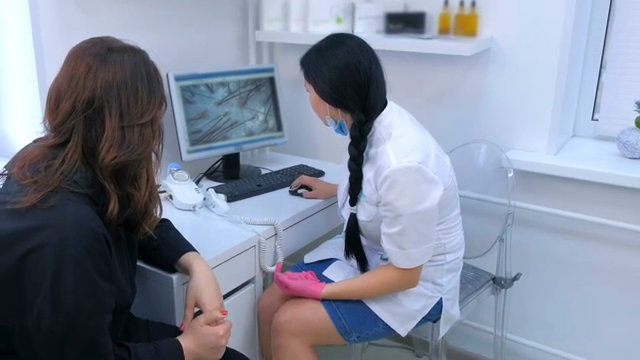
Welcome to my channel, and today, we are diving deep into the services offered by DP’s Health and Wellness of Savannah. Are you considering booking an appointment but unsure of what to expect? Look no further! This blog post will share an honest client review, capturing the good and the not-so-good aspects of their services.
We’ll be hearing directly from those who have experienced their services firsthand, providing you with a real-life perspective on what it’s like to work with DP’s Health and Wellness of Savannah. So, let’s get started!
Hearing from Clients: Real-Life Experiences
Tiffany Simpson’s Experience
“My daughter really enjoyed her first appointment. She said she felt very comfortable and was listened to. I felt that way as well. We definitely made the right choice.”
- Staff Friendliness: Mrs. Giles was super sweet, and the office staff was very nice as well.
- Comfort Level: Both Tiffany and her daughter felt comfortable and well-attended.
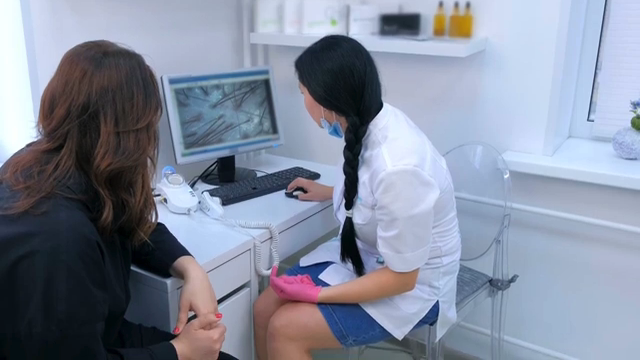
Heather Poe’s Feedback
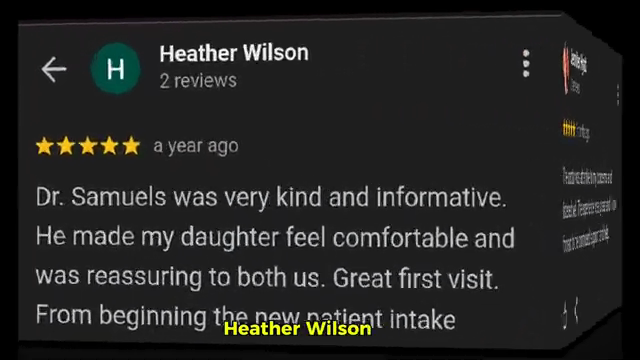
Heather Poe had a similar positive first-time experience:
- Doctor’s Attitude: The doctor was very nice and respectful.
- Child’s Comfort: Despite usually being shy and uncomfortable around doctors, her son talked with the doctor and answered her questions thoroughly.
“We look forward to seeing her again,” Heather said, indicating their eagerness for follow-up visits.
Jennifer Hyatt’s Testimonial

Jennifer Hyatt appreciated the attentive nature of the doctor during her visit:
- Attentiveness: The doctor listened well to all her concerns.
- Overall Experience: “The experience was great. I look forward to the continued support and help.”
Heather Wilson’s Perspective

Heather Wilson had this to say:
- Kindness and Information: “Doctor Samuels was very kind and informative. He made my daughter feel comfortable and was reassuring to both of us.”
- Intake Process: From the new patient intake process to the current stage, it has been easy and seamless.
- Friendly Demeanor: Dr. Samuels’ friendly demeanor and approach to treatment were highly appreciated.
“I trust that my child is in good hands, which means everything.”
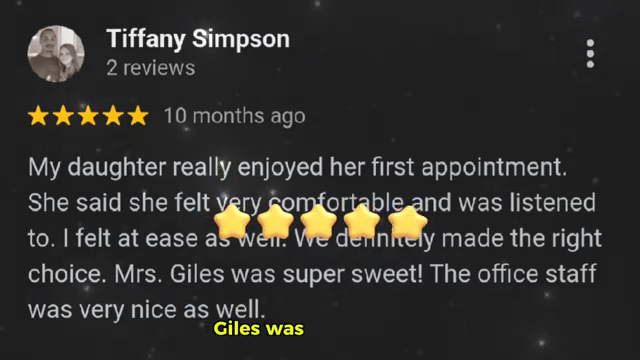
Why Choose DP’s Health and Wellness of Savannah?
DP’s Health and Wellness of Savannah stands out for several reasons:
- Compassionate Staff: From the doctors to the office staff, everyone is described as kind, respectful, and attentive.
- Comfortable Environment: Multiple clients mentioned feeling comfortable and well-listened-to during their visits.
- Child-Friendly: The doctors are particularly good at making children feel at ease, even those who are typically shy or uncomfortable around medical professionals.
- Seamless Process: Both intake and follow-up processes are described as easy and seamless, indicating efficient management.
How to Get Started
If you are ready to experience the transformative power of holistic health yourself, don’t wait! Book your appointment today and start feeling the difference. Schedule your visit now and unlock your full potential.
“That’s it for today’s review of DP’s Health and Wellness of Savannah. Thanks for reading, and see you in the next post!”
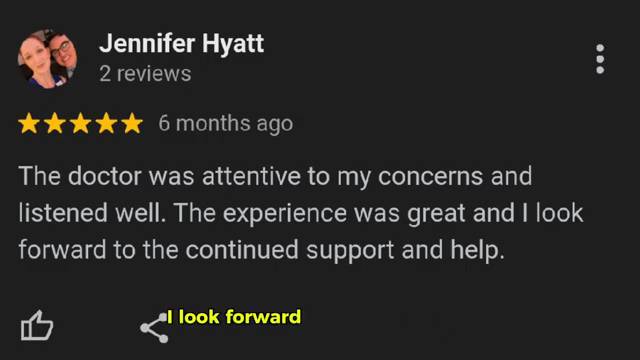
Concluding Thoughts
With heartfelt testimonials like those from Tiffany, Heather, Jennifer, and Heather Wilson, it’s clear that DP’s Health and Wellness of Savannah provides an environment that prioritizes patient comfort and professional care. Their seamless processes and attentive staff make them a standout choice for holistic health services in Savannah.
Ready to make a change in your health and wellness journey? Book your appointment today and discover the transformative power of DP’s Health and Wellness of Savannah.
Feel free to share your experiences in the comments below, and don’t forget to subscribe for more reviews and insights. See you next time!
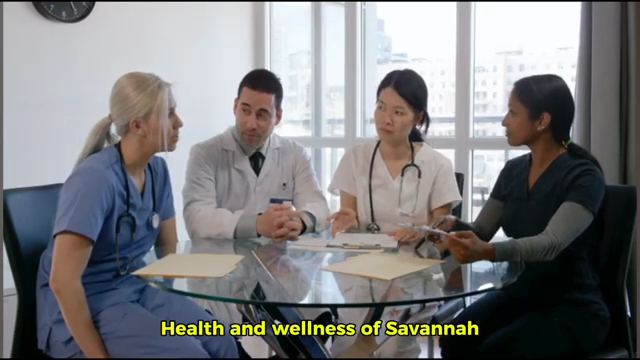
Links:
Thank you for visiting, and until next time, take care of yourself!
Additional Resources
By sharing these real-life experiences, I hope to provide you with a more comprehensive understanding of what DP’s Health and Wellness of Savannah has to offer. Whether you’re seeking holistic health services for yourself or a loved one, their patient-centered approach and compassionate care make them a top choice.
Stay tuned for more reviews and insights on the best health and wellness providers in Savannah and beyond. If you found this post helpful, please share it with others who might benefit from this information.

If you’ve had your own experiences with DP’s Health and Wellness of Savannah, please share them in the comments section below. We’d love to hear from you!
Discovering Excellence: The Best Psychiatrist in Savannah, GA
🌟 Discovering Excellence: The Best Psychiatrist in Savannah, GA
Hey everyone! Welcome back to our blog where we explore the best in health and wellness. Today, we’re shining the spotlight on DP’s Health and Wellness of Savannah, a holistic health center that’s making waves in our community.
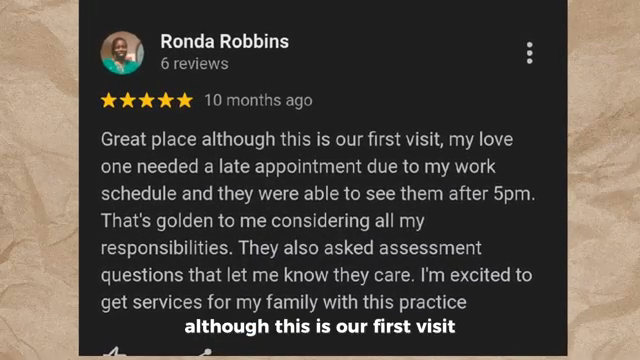
But don’t just take my word for it. In this post, we’re featuring real-life reviews from clients who’ve experienced their services firsthand. From the pros to the cons, we’ll get the honest truth about what it’s like to work with DP’s Health and Wellness of Savannah. So, if you’re considering visiting this health center for your wellness needs, you won’t want to miss this. Let’s dive in and see if DP’s Health and Wellness of Savannah lives up to the hype.
Client Testimonials: Real Stories from Real People
Rona Robin’s Experience
“Great place. Although this is our first visit, my loved one needed a late appointment due to my work schedule and they were able to see them after 05:00 p.m. That’s golden to me considering all my responsibilities. They also asked assessment questions that let me know they care. I’m excited to get services for my family with this practice.” – Rona Robin
Rona’s review highlights the flexibility and attentiveness of DP’s Health and Wellness. Scheduling late appointments is incredibly accommodating for those juggling multiple responsibilities.
Shannon Dubu’s Review
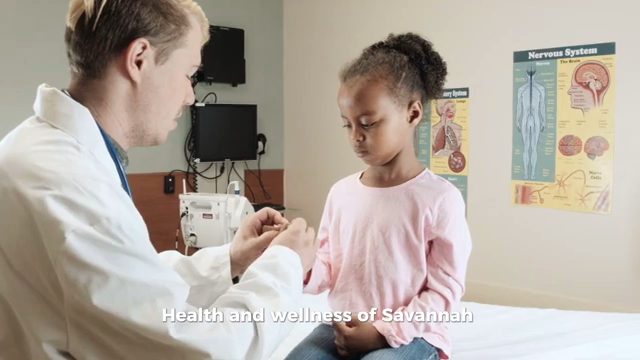
Shannon Dubuc couldn’t have been more pleased:
“Tiffany was absolutely amazing. I called to check on a billing invoice and to schedule an appointment and not only was she both professional and helpful, but made my day with her sweet and upbeat personality. She’s a gem in a world of rocks in our healthcare system.”
This is a testament to the incredible staff working at DP’s Health and Wellness, making every interaction pleasant and reassuring.
Shonda Bacon’s Opinion
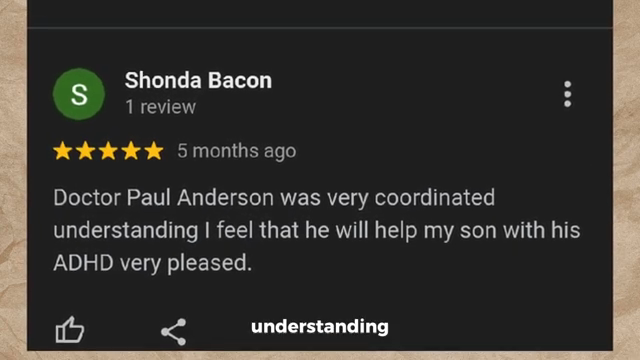
Shonda Bacon shared her thoughts on Doctor Paul Anderson:
“Doctor Paul Anderson was very coordinated, understanding. I feel that he will help my son with his ADHD. Very pleased.”
Doctor Anderson’s comprehensive and empathetic approach appears to make a significant impact, especially for patients with specific needs like ADHD.
Jack Kidara’s Feedback
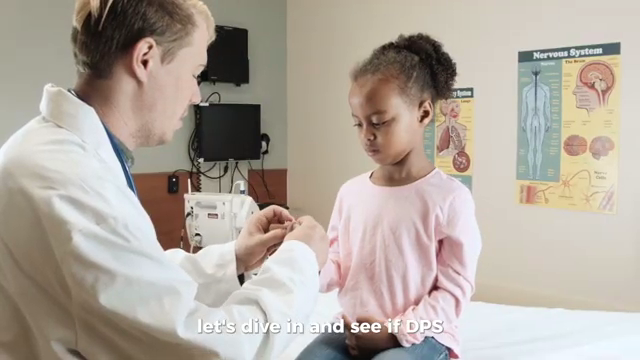
Jack Kidara also had high praise for his experience:
“I had a great experience with DP’s Health and Wellness. Doctor Samuells was really nice and helped me get set up in the system right away and I was able to quickly and easily get the prescription I needed. Delighted to be a patient here.”
For Jack, the streamlined process and the warm welcome from Doctor Samuel’s stand out as key highlights.
Daniel Bod’s Experience
Daniel Bod echoed similar sentiments:
“Doctor Samuels has a very caring tone in his voice. He listens to you while you speak. I feel very comfortable sharing with Doctor Samuels. I would recommend him to everyone.”
Feeling heard and valued by healthcare professionals is essential, and Daniel underscores this beautifully.
Take The First Step Towards Wellness
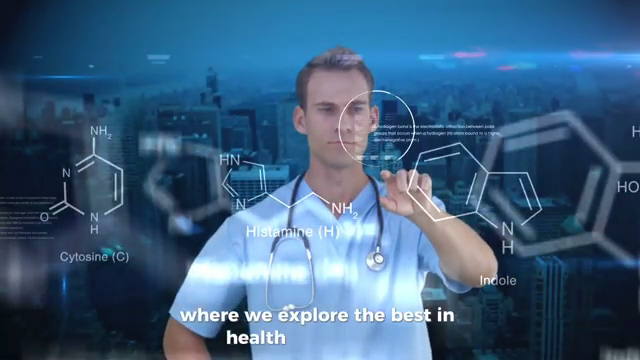
DP’s Health and Wellness of Savannah is ready to support you every step of the way as you prioritize your health and happiness. Their dedicated team is committed to providing excellent care tailored to your needs.
Book your appointment today and get ready to glow from the inside out.
How to Schedule an Appointment
Visit DP’s Health and Wellness of Savannah’s website to schedule your appointment and start your journey to optimal wellness. Click here to book now.
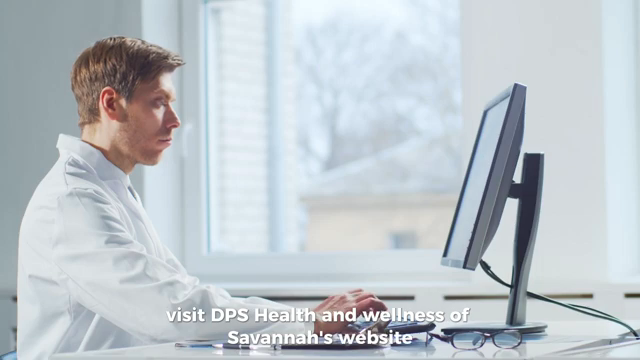
Thanks for joining me on this journey to wellness. If you’re feeling inspired, take the next step and reach out to DP’s Health and Wellness of Savannah. Their team is waiting to help you achieve your health goals.
Stay tuned for more posts on health and wellness. See you in the next blog!
Read here for more info on Savanah’s best Psychiatrist.
What Social Isolation Does To Your Brain – How To Undo The Damage
The human brain is profoundly tuned for social interaction. It forms and maintains elaborate networks of nerve connections that thrive on these interactions. When we’re deprived of social connectivity, especially as seen amidst events like the COVID-19 pandemic, these networks can deteriorate. This decay manifests as tangible changes in brain structure—changes that were once predominantly noticed in socially isolated elderly individuals but are now emerging across younger populations.
Social Isolation and Cognitive Decline
Ever felt spaced out or foggy after spending too much time alone or away from social activities? That could be more than just cabin fever. This “brain fog” is a perceptible manifestation of the cognitive effects spurred by social isolation.
The Mechanics Behind The Fog
The fog prevails because your brain operates through a vast network of nerves communicating via synapses. Typically, tighter and more frequent these connections, the better and faster the communication. Factors like inflammation can weaken these connections, but social isolation compounds the effect dramatically. It disrupts what experts term ‘social cognition’—a skill set including the recognition of faces, interpretation of voices, and empathetic understanding of others’ emotions.
“When we’re isolated, the areas involved in these processes can atrophy due to lack of practice and neuronal stimulation.”
The Scientific Evidence
Concerning recent studies, including a comprehensive review of MRI scans from 32,000 individuals, substantial brain structure changes due to social isolation have been discerned. Key areas affected include the hippocampus—which plays a critical role in processing and storing emotional memories—and regions of the frontal and temporal lobes. Generally, these areas are vital in decision-making, emotional regulation, and memory.
The Silver Lining: Rewiring and Recovery
Despite these daunting insights, not all is lost if you find yourself battling the unseen consequences of isolation. The brain’s capability known as neuroplasticity, allows it to rewire and effectively ‘heal’ itself even after substantial damage or neglect.
Building Cognitive Reserve
One actionable strategy to mitigate and reverse brain damage is developing what’s termed a ‘cognitive reserve.’ This reserve acts much like an electrical backup system; when primary pathways fail or diminish, the reserve can step in, allowing individuals to maintain cognitive functionality even as structural deficits occur.
”
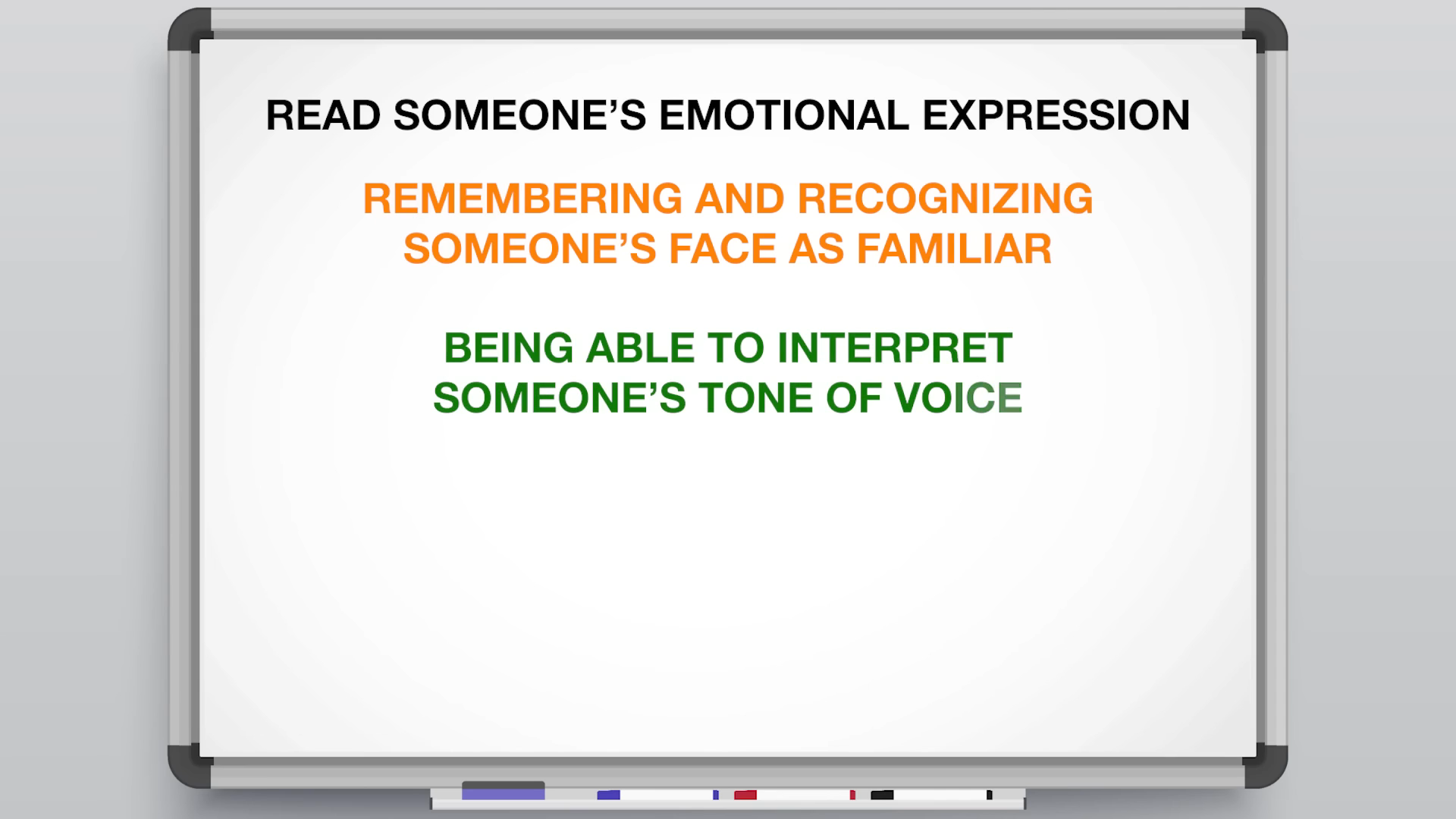
”
This mental resilience isn’t just exclusive to those with naturally strong brain function but can be cultivated through:
- High social interaction
- Engaging in challenging mental tasks
- Pursuing activities that stimulate the brain like reading, solving puzzles, or learning new skills such as a language or musical instrument
- Consistent physical exercise which boosts nerve growth and forms new neural pathways
Lifelong Learning: Key to Cognitive Vitality
Maintaining brain health is a lifelong pursuit and not something you achieve with a one-off effort.
Continual Engagement and Curiosity
The thirst for knowledge and continuous mental engagement now more accessible through the internet and various digital platforms. Contrary to past decades where learning was confined to physical institutions like libraries, we now have the power to tap into vast pools of knowledge online, continually challenging and expanding our cognitive boundaries.
Lifestyle Factors
Aside from active learning and social engagement, several lifestyle factors significantly influence cognitive health:
- Balanced diet
- Regular sleep patterns
- Routine self-care practices
These components, much within our control, are crucial in sustaining not only general health but specifically cognitive prowess.
Taking Action Against The Mental Monotony
While you may not always have control over how mentally challenging your daily job or routine is, you’re not without options:
- Try incorporating exercise before or after work.
- Use break times for brain-stimulating activities like Sudoku or creative doodling.
- Distinguish between stressful and genuinely mentally challenging activities—aim for the latter as an enriching part of your daily routine.
Conclusion
Remember, what matters most is your proactive stance against the mundane. Stay mentally active, keep learning, be socially engaged, and nurture your body. Each small step not only helps clear the mental fog but fortifies your cognitive reserves for years to come.
Thank you for reading, and don’t forget to explore more on how exercise can transform your brain health!
For those seeking further guidance and support, remember that professional counseling is accessible. You can reach us at 912-662-6501. Don’t let distance be a barrier; through teletherapy options, assistance is just a call away, often covered by insurance. You may also visit: https://www.dpshealthandwellness.com
How to Get Focused With ADHD Using the Pomodoro Technique
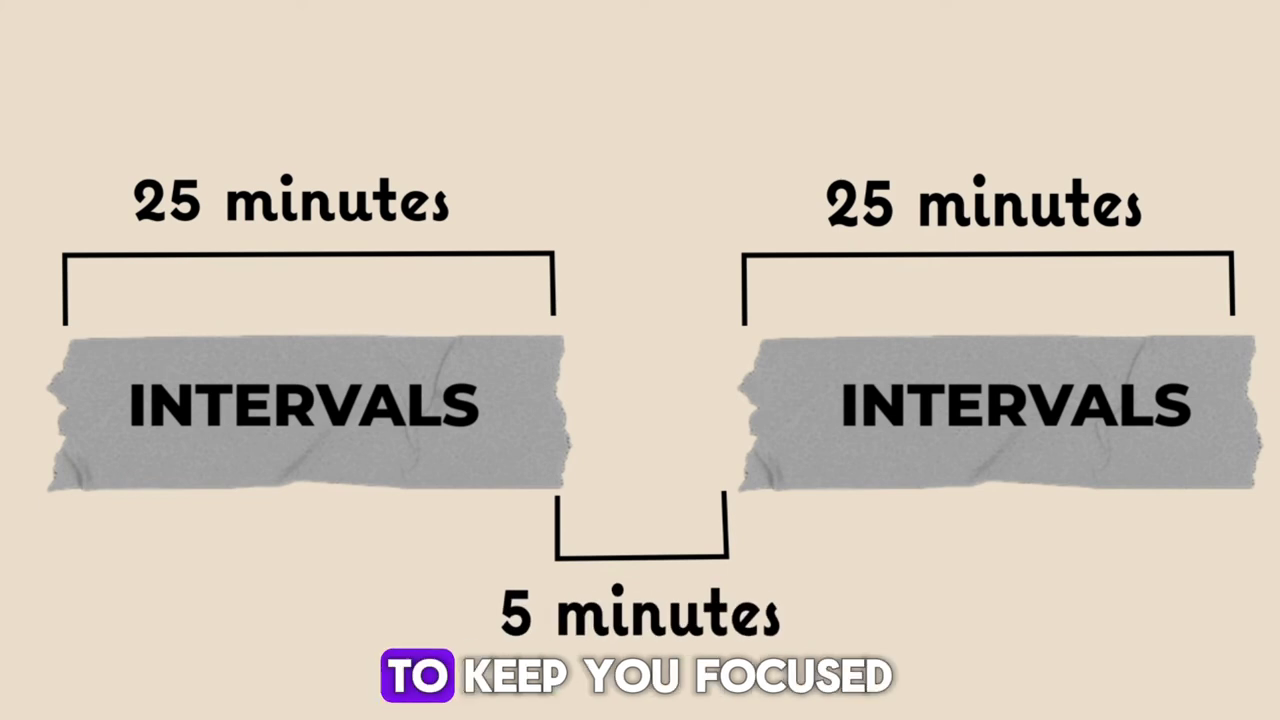
Welcome back to DP’s health and wellness! Today, we’re diving into a game-changing technique for folks with ADHD: the Pomodoro technique. If you struggle with staying focused and motivated, this method might just be the solution you’ve been looking for.
What is the Pomodoro Technique?

The Pomodoro technique is a time management method that breaks down work into manageable chunks separated by short breaks. It’s designed to keep you focused and motivated throughout your tasks.
This technique was developed by Francesco Cirillo, and it gets its name from the tomato-shaped timer he used when he first started using the method. “Pomodoro” is actually Italian for tomato!
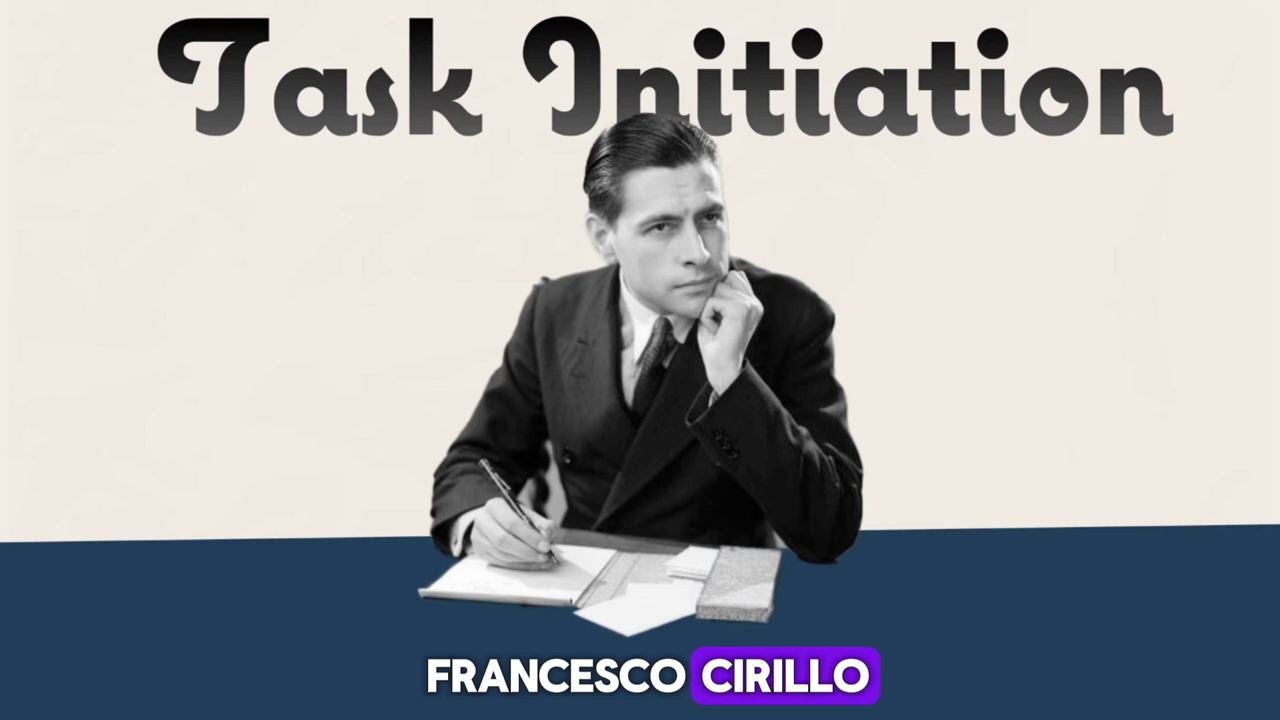
Here’s how it works:
- Set a timer for 25 minutes
- Work on your task until the timer goes off
- Take a short 5-minute break
- Repeat the process
After completing four Pomodoros (25-minute work sessions), you can take a longer break of 15-30 minutes.
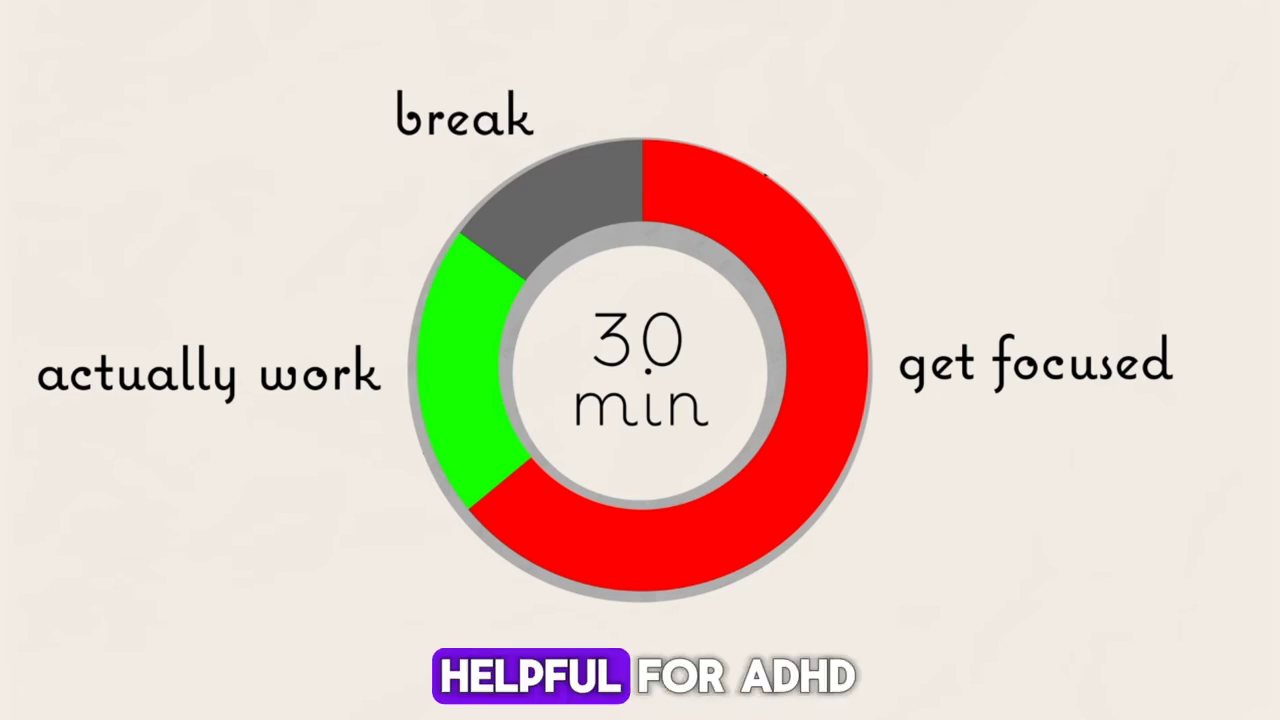
Why is the Pomodoro Technique Helpful for ADHD?
Folks with ADHD often struggle with staying focused on a single task for long periods of time. Actually, I think most of us can relate to this struggle! It’s easy to get overwhelmed by a big project or task, leading to procrastination and lack of progress.

The Pomodoro technique addresses this challenge by giving your brain short bursts of activity, followed by mini breaks or rewards. By breaking your work down into smaller, more manageable chunks, the task feels less intimidating and daunting.
“Sometimes you can have a task and you just don’t even know where to start and you end up doing nothing. So by breaking it down into smaller chunks, it feels less intimidating, less daunting.”
In addition to making tasks feel more approachable, the Pomodoro technique can also improve your focus. Knowing that you only have to concentrate for 25 minutes allows you to channel your energy more efficiently. You can give your full attention to the task at hand without feeling like you have to sustain that focus indefinitely.
Another benefit of the Pomodoro technique is its ability to boost motivation. Each completed Pomodoro gives you a sense of accomplishment, which can keep you going throughout your work session. Seeing tangible progress, even in small increments, is a powerful motivator.

Dealing with Distractions: Inform, Negotiate, and Call Back
When using the Pomodoro technique, distractions can be your worst enemy – especially if you have ADHD. One strategy to combat this is called “Inform, Negotiate, and Call Back.”
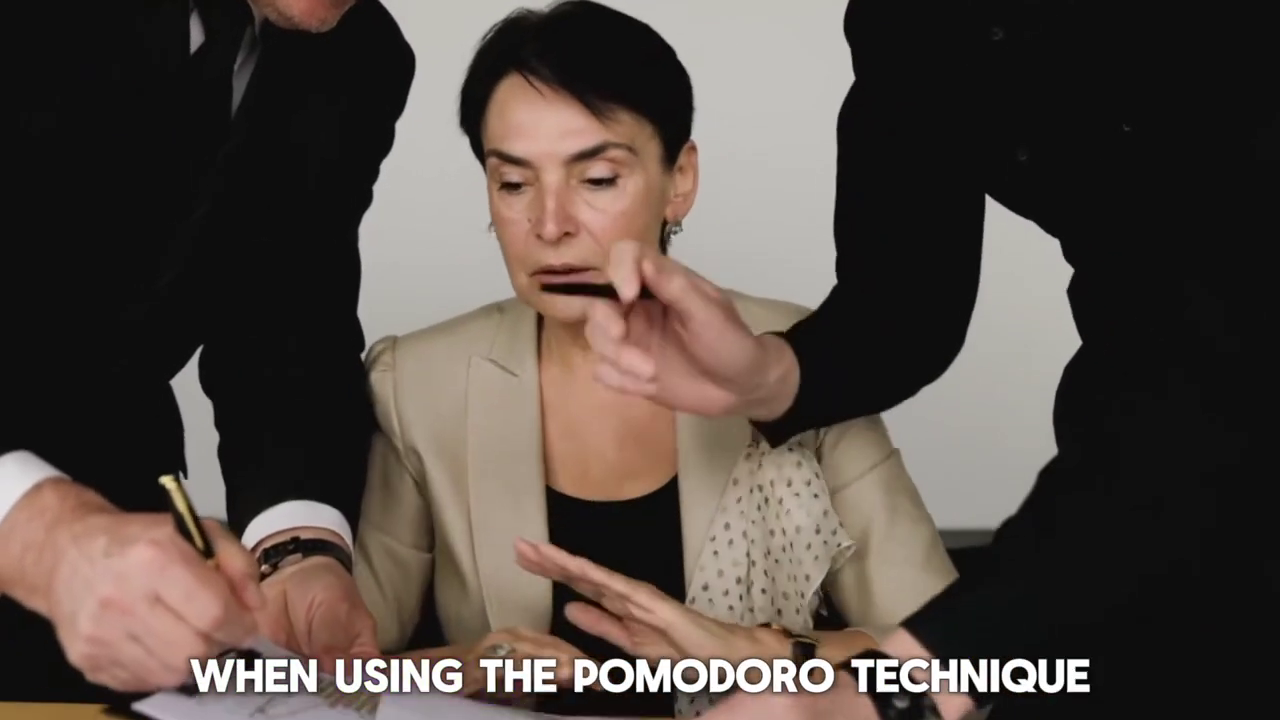
Here’s how it works:
- Inform: If a distraction arises during your Pomodoro, acknowledge it and inform yourself that you’ll deal with it later. Write it down if needed.
- Negotiate: If the distraction is urgent, negotiate with yourself. Can it wait until your current Pomodoro is finished? If not, deal with it quickly and restart your Pomodoro.
- Call Back: After your Pomodoro is complete, call back to the distractions you noted. Address them during your break or schedule a time to deal with them later.
By using this strategy, you can minimize the impact of distractions and maintain your focus during your work sessions.

Tips for Successfully Implementing the Pomodoro Technique
- Choose the right task: The Pomodoro technique works best for tasks that require your full attention. If a task is too easy or too difficult, you may find it hard to stay focused for the full 25 minutes.
- Adjust the time intervals if needed: While 25 minutes is the standard Pomodoro length, feel free to adjust it based on your needs. Some people find 15 or 20-minute intervals more manageable.
- Use a physical timer: While there are plenty of Pomodoro apps available, using a physical timer can help minimize digital distractions.
- Take your breaks seriously: Resist the urge to push through your breaks. Stepping away from your work is crucial for maintaining focus and avoiding burnout.
- Be patient with yourself: Like any new habit, the Pomodoro technique may take some getting used to. Don’t get discouraged if it feels challenging at first – with practice, it will become more natural.
# Here's a simple Python script to run a Pomodoro timer:import timedef pomodoro_timer(minutes):seconds = minutes * 60while seconds > 0:print(f"{seconds // 60:02d}:{seconds % 60:02d}", end="\r")time.sleep(1)seconds -= 1print("Time's up!")print("Pomodoro Timer")while True:input("Press Enter to start a 25-minute Pomodoro...")pomodoro_timer(25)input("Take a 5-minute break. Press Enter to continue...")pomodoro_timer(5)Conclusion
The Pomodoro technique is a simple yet powerful tool for managing your time and boosting your productivity. By breaking your work into focused, 25-minute intervals separated by short breaks, you can overcome the challenges of staying focused and motivated – even if you have ADHD.
Remember, the key to success with the Pomodoro technique is consistency and patience. Stick with it, even if it feels challenging at first, and you’ll likely find that it becomes an invaluable part of your workflow.
So why not give it a try? Grab a timer, break down your tasks, and start tackling them one Pomodoro at a time. You might be surprised at how much you can accomplish!

7 Toxic Things Parents Say to Their Children (DPS Health And Wellness)
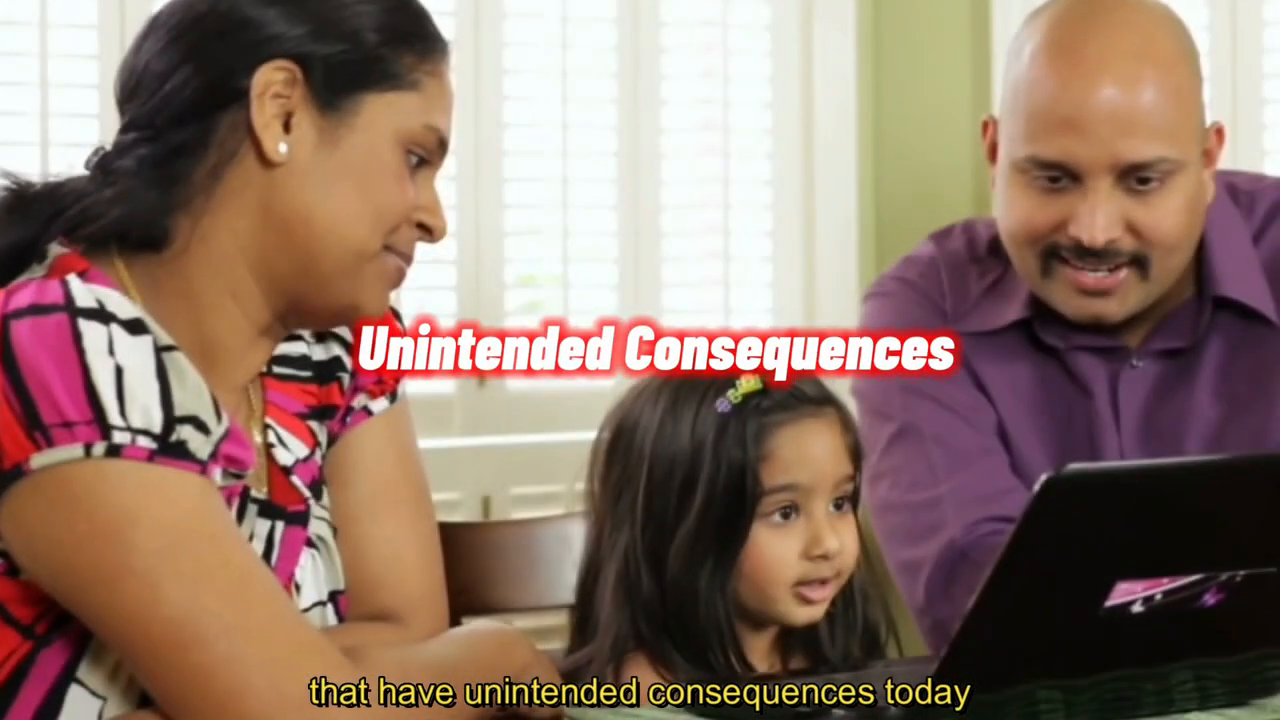
Parenting is a journey filled with joy, tenderness, and its fair share of hurdles. As guardians aiming to carve out the best path for our children, we may occasionally stumble, letting slip utterances that can ruffle the delicate fabric of a child’s psyche. In this blog, we unpack seven seemingly innocent phrases that pack a punch with negative repercussions for a child’s growth.
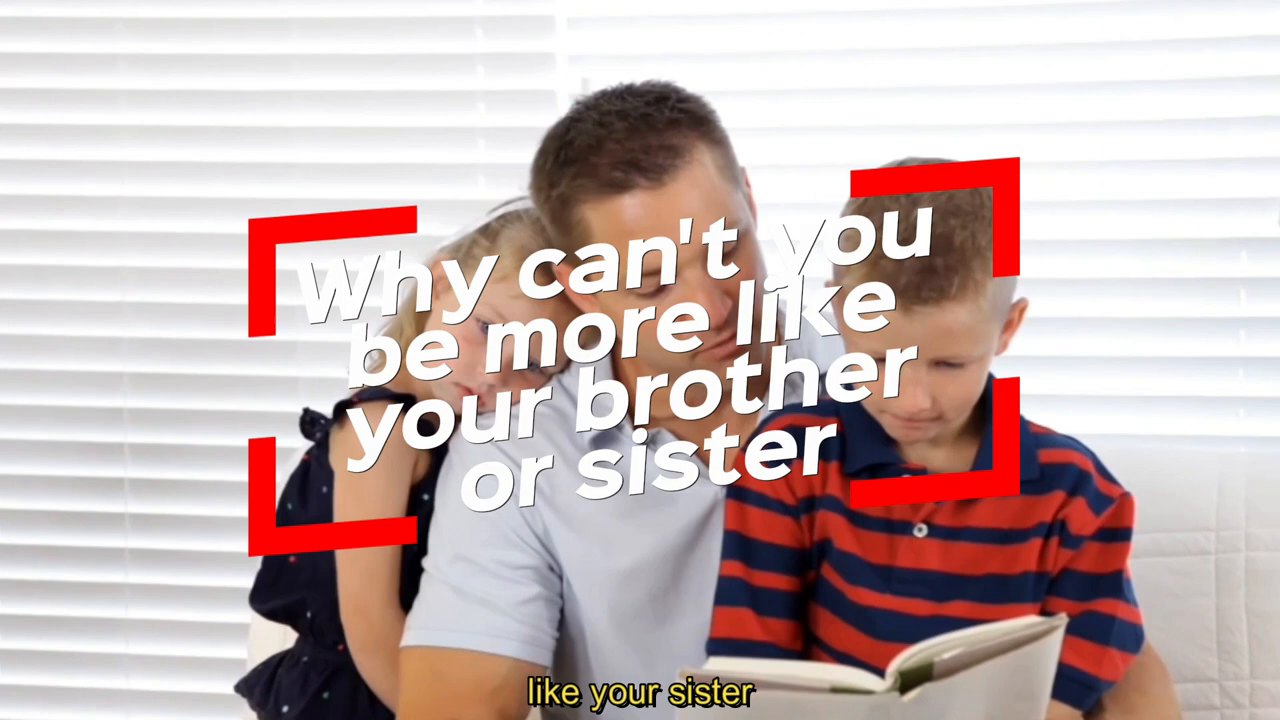
“You’ll Never Amount to Anything “Imagine the weight of these words on a child’s shoulders, a burden that implies worthlessness and squashes enthusiasm. These words can crush their spirit and dreams. Instead, we should be the cheerleaders for their ambitions, regardless of the actual outcome.

Blockquote:
“I see how hard you’re trying. That’s fantastic.”
Offering constructive alternatives such as, “Let’s brainstorm some ideas together to help you reach your goal,” can inspire and encourage them.
The Comparison Trap: “Why Can’t You Be More Like Your Sibling?” Comparison is a thorny path that not only sows the seeds of emotional discord between siblings but also chips away at a child’s sense of self-worth. Every child is a tapestry of unique qualities and capabilities.

-highlight- Cherish the individuality of each child. -end highlight- Shower them with affirmations such as, “I love how good you are at what interests you,” or “You have such a kind heart,” to honor their distinctiveness.
Conditional Love: “If You Loved Me, You Wouldn’t Disagree” To dangle love as a conditional treat based on a child’s compliance is to set the stage for emotional turmoil. A child’s capacity to hold differing opinions or emotions is a sign of their emerging individuality, not a reason to question their affection.

Encourage open communication:
“I understand you’re upset, but can you explain why in a calm voice?”
This fosters dialogue and teaches constructive self-expression.
“You’re Such a Disappointment”No child should be made to feel as though their worth is derived solely from achievements or the lack thereof. Unconditional love is the fertile ground in which children bloom into their authentic selves, not contingent on their success or failures.
Blockquote:
“I’m proud of the honest person you are,”
Reinforce their character and celebrate their acts of kindness.
“Don’t Talk Back”A parent’s instinct may be to silence backtalk, but this can inadvertently close down important lines of communication. Open conversations are the cornerstones of healthy relationships, including the bond between parent and child.
Encourage respectful discourse:
“I hear what you’re saying, but let’s remain calm.”

“Nobody Will Ever Love You but Me”We must steer clear of fostering an unhealthy dependency that can lead children to feel isolated from the wider world. Our role is to nurture confident individuals who can form varied and healthy connections outside the familial cocoon.
Encourage social growth by saying:
“It’s great you have such good friends,”
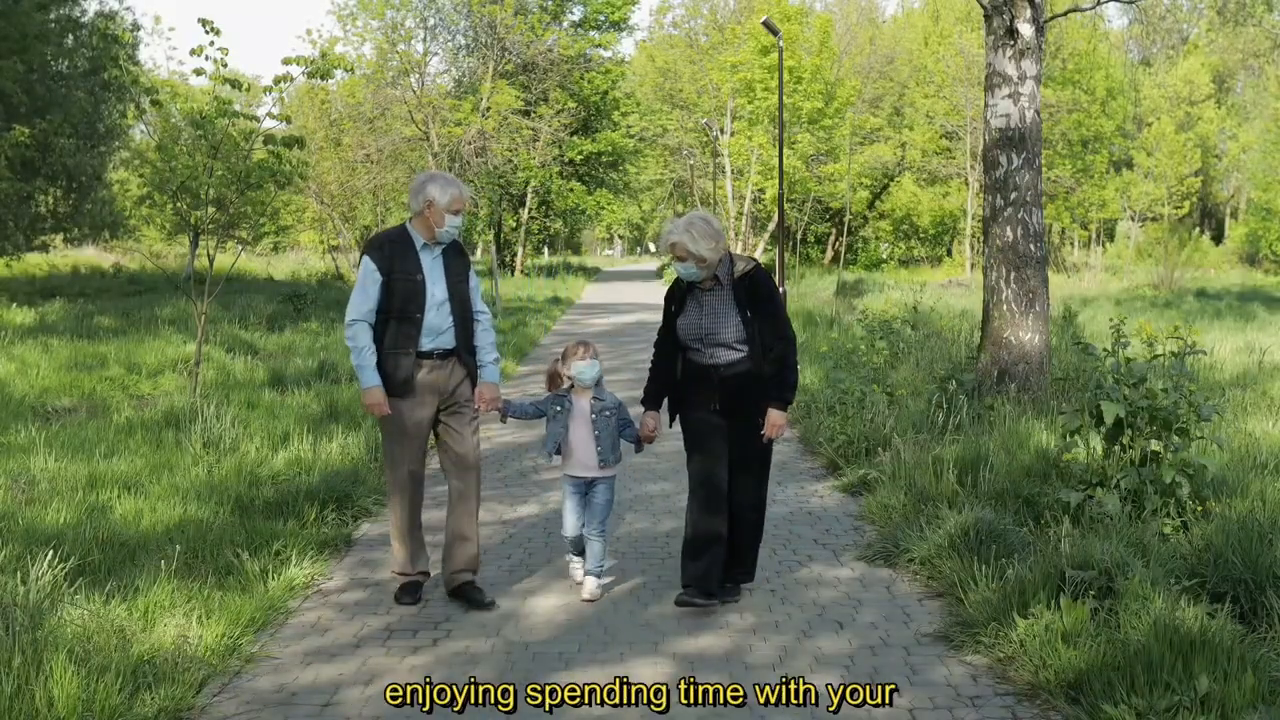
Or appreciate their interactions with extended family members, “I’m happy you’re enjoying time with your grandparents.”
The Pitfalls of Empty Promises Finally, let us touch upon the erosion of trust that comes from broken promises. We must only commit to what we can deliver and be transparent when unforeseen circumstances alter plans.
Highlight the importance of reliability:
“Something unexpected came up, so we can’t go to the park today. Let’s plan for tomorrow.”
By consciously choosing our words, we create a nurturing environment where our children can flourish. Each expression, each comment, is a brick in the foundation of their emotional world. Have these phrases ever echoed in your own upbringing? Maybe, without intention, they have slipped from your lips? Awareness is the key to transformation. And always aim for open and heartfelt communication with your little ones.
For those seeking further guidance and support, remember that professional counseling is accessible. You can reach us at 912-62-6501. Don’t let distance be a barrier; through teletherapy options, assistance is just a call away, often covered by insurance.
If this content strikes a chord with you, remember to share it. Your reach could provide someone with the insight they need. To stay informed with more mental health discussions, subscribe to our channel and activate notifications.
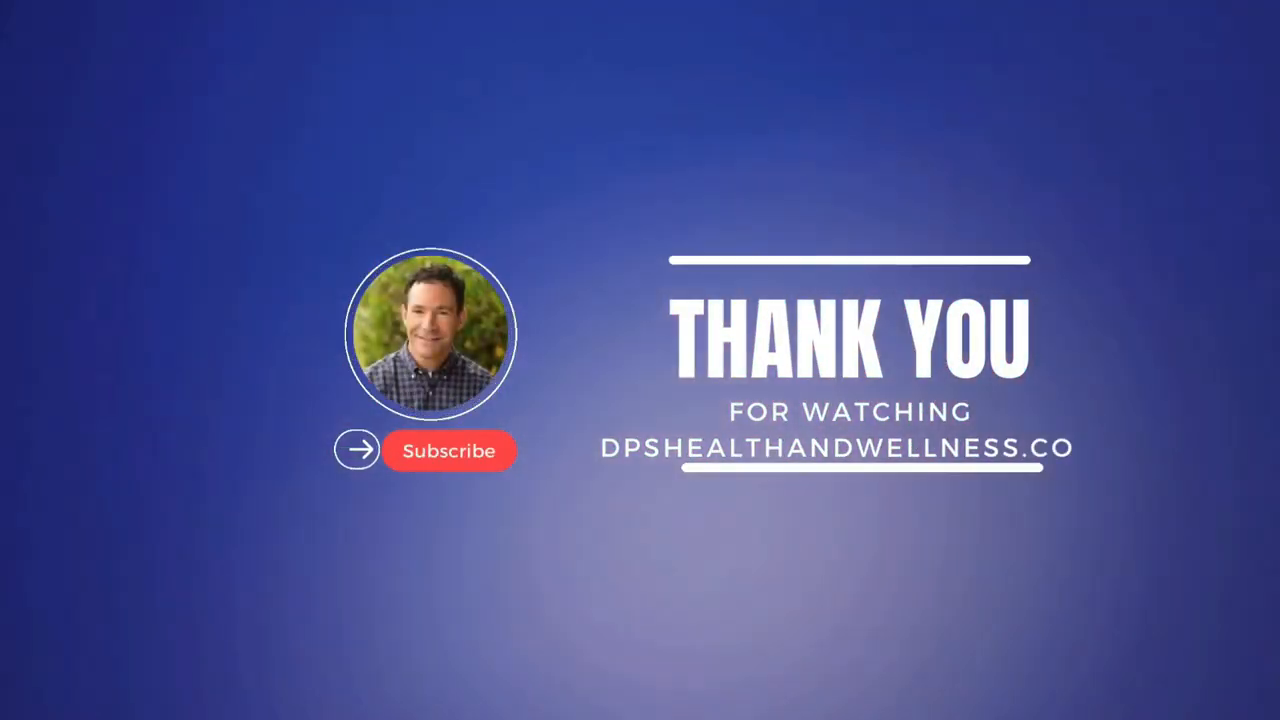
Parenting is a canvas of boundless potential. With a palette of encouraging words and compassionate presence, we can paint the lives of our children with strokes of confidence, love, and self-worth that lasts a lifetime.
9 Traits of Borderline Personality Disorder
“Dive into the complex world of borderline personality disorder (BPD) and its multifaceted traits.”
Borderline personality disorder (BPD) is a nuanced and multifaceted mental health condition that eludes easy understanding. Manifesting through various symptoms, this condition is characterized by significant instability and impulsivity, impacting various facets of an individual’s life. Dr. Ramani, a renowned clinical psychologist, helps demystify the nine hallmark traits that make up the BPD profile.
Understanding BPD: Instability at Its Core
At the heart of borderline personality disorder lies a pervasive sense of instability that touches nearly every part of one’s life, from relationships to one’s very identity. Imagine living in a world that feels like it’s constantly in motion, where even small disruptions can resonate with the force of seismic shockwaves through your emotional state. This instability leaves a person with BPD in a perpetual state of uncertainty, often marked by unpredictable moods and anxiety over the stability of their relationships.
“Borderline personality disorder is a disorder of instability and impulsivity,” says Dr. Ramani, capturing the essence of the condition in a nutshell.
The Dread of Abandonment
Perhaps one of the most harrowing aspects of BPD is the intense fear of abandonment. Whether a friend is simply late to dinner or a significant other is caught up in traffic, these events can trigger a profound reaction in someone with BPD. What might look to others like minor hiccups in plans are transformed into emotionally charged incidents, perceived as outright desertion, which can catalyze a spiral of anger and distress, significantly affecting not only the individual but also those around them.
When Everyone Can Relate… To An Extent
While these intense responses might seem alien to some, there’s a universal thread that most of us can connect with. We all know the sting of rejection or the pang of loneliness when someone we care about walks out the door. But what distinguishes BPD from this universal human experience is the depth and severity of these emotions. For individuals with BPD, the departure of a close friend or partner isn’t just an upsetting moment; it’s a profound loss that shakes the foundation of their emotional world.
A Shifting Sands Identity
The concept of a stable sense of self is foreign to those with BPD, often leading to what is known as identity disturbance. It’s not just about changing fashion sense or trying on new hairstyles; it’s about not recognizing the person in the mirror from one day to the next. People with BPD might feel compelled to change their names, their appearance radically, and their life’s direction, creating a personal narrative that’s as unpredictable as it is unstable.
Nine Defining Traits
Understanding BPD fully requires delving into the nine defining traits that paint a comprehensive picture of this disorder. These traits provide a roadmap for identifying BPD, offering invaluable insights into the behaviors and experiences of those affected.
- Fear of Abandonment (Real or Perceived): Battling the constant expectation of being left behind.
- Intense and Unstable Relationships: Rollercoaster-like connections with equally high highs and devastating lows.
- Unclear or Shifting Self-image: An ever-changing sense of identity, expressed through dramatic personal changes.
When The Highs are Too High: Impulsivity
- Impulsive Behavior: Unplanned and often risky behaviors that may provide short-term relief but long-term consequences, setting the stage for regrettable, if not dangerous, outcomes.
The Dangerous Edge: Self-Harm
- Self-harming Behavior: One of the gravest and most unsettling traits involves recurrent threats or attempts at self-harm, including suicidal gestures. This behavior may be used manipulatively to stave off perceived abandonment at times, but the risk of actual harm is always a stark reality.
- Emotional Instability (Affective Instability): Rapid and unpredictable mood swings dominate, causing massive waves of emotion that the individual feels powerless to control.
Inner Emptiness and Explosive Anger
- Chronic Feelings of Emptiness: A gnawing inner void that individuals with BPD attempt to fill through external means, yet the emptiness persists.
- Inappropriate, Intense Anger: Over-the-top reactions to minor frustrations or disagreements can lead to verbal and sometimes physical eruptions, leaving others feeling the need to tread lightly.
Momentary Breaks from Reality
- Stress-Related Paranoid Thoughts or Severe Dissociative Symptoms: Under acute stress, individuals with BPD may briefly lose touch with reality, experiencing paranoia or the phenomenon of ‘dissociation,’ where they might take on a completely different persona.
Seeking the Right Help
Based on the detailed insights shared by Dr. Ramani, it’s evident that BPD is a complex disorder requiring nuanced care. While the path to managing BPD is challenging, with a supportive network and the right therapeutic interventions like Dialectical Behavior Therapy (DBT), individuals can learn to navigate the unpredictable waters of their emotional world.
Supporting a loved one through their journey with BPD is about encouragement, patience, and seeking the appropriate mental health intervention. It’s about creating a network that reassures them that while the fear of abandonment is powerful, they are not alone in their struggle.
For those recognizing the signs of BPD in a loved one, the key takeaway is to approach them with empathy and to encourage them to seek help, with a gentle focus on the behaviors causing them distress. For more resources and information, signing up for support services like Medcircle.com can offer a beacon of guidance in navigating this complex condition.
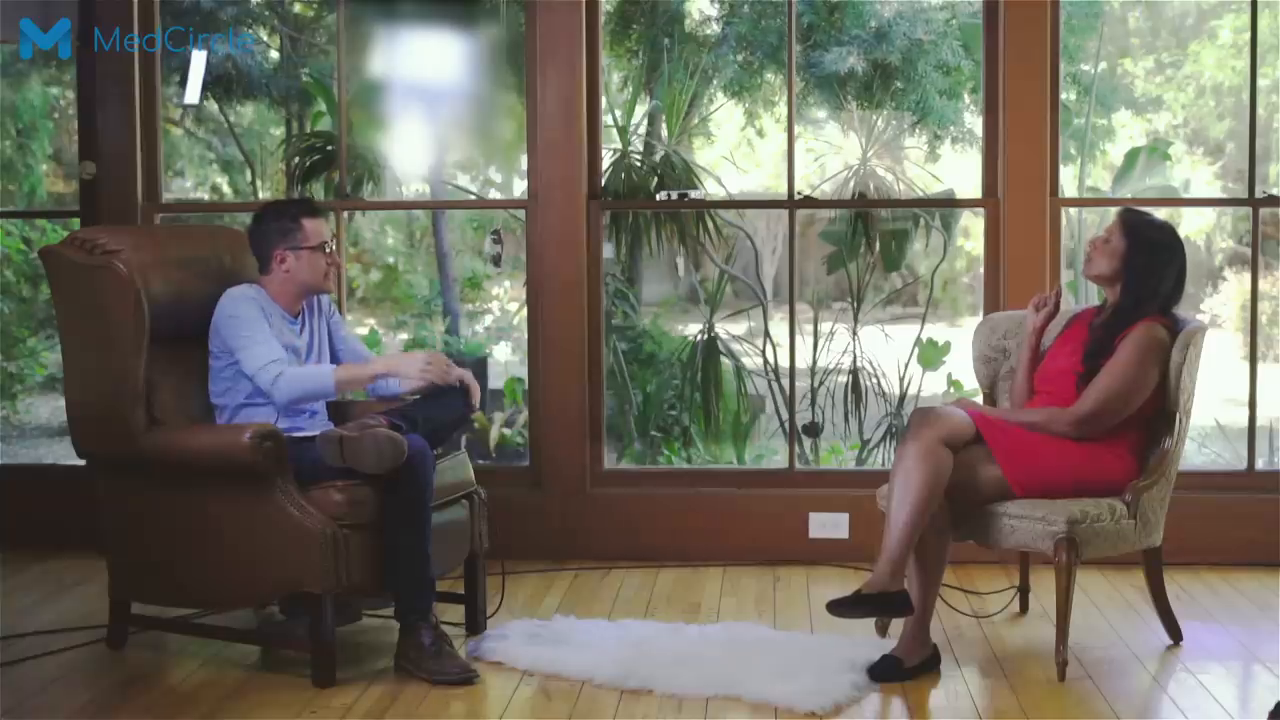
Final Thoughts
In summing up our exploration of BPD, the disorder presents an intricate interplay of heightened emotional sensitivity, fear, and the search for stability. By understanding these nine traits, we can approach BPD not with judgment or fear, but with educated compassion and a readiness to offer meaningful support.
Remember to consult a mental health professional for personalized advice and guidance. For those in immediate crisis, the suicide prevention hotline is a vital resource.
As we continue to destigmatize and understand mental health disorders, it’s through conversations like these and the willingness to learn that we can foster a more empathetic society, inclusive of all individuals and their diverse mental landscapes.
Please subscribe to our YouTube channel for more information on Borderline Personality Disorder.
Can You Treat ADHD Virtually? Telemedicine Explained! (Under 3 Minutes)
Can You Treat ADHD Virtually? Telemedicine Explained! (Under 3 Minutes)
Hello and welcome back to the blog. If you’re someone dealing with ADHD, or know somebody who does, you’ve probably been through the drill: endless waiting rooms, the hustle to make it on time for appointments, and sometimes even the struggle to find childcare or manage transportation. The big question on many minds today is: can you bypass all that and manage your ADHD from the comfort of your home? Well, we’re diving into something pretty spectacular that’s paving the way for such a possibility—telemedicine for ADHD.
Telemedicine: The Virtual Solution for ADHD Management
First things first, let’s tackle a pressing question: Does telemedicine work for ADHD? The answer: a resounding yes!
Studies have shown that telemedicine—or teletherapy as it’s sometimes called—can be just as effective as traditional in-person visits. This is particularly true for follow-up appointments with your healthcare provider. Think of it this way, teletherapy is like having your doctor just a video chat away.
For those with ADHD, the perks of teletherapy are impressive. It’s not just about convenience or saving time, although those are pretty significant benefits. Telemedicine can dissolve barriers such as transportation difficulties or childcare responsibilities, which can often stand in the way of treatment.
What Does a Telemedicine Appointment Look Like?
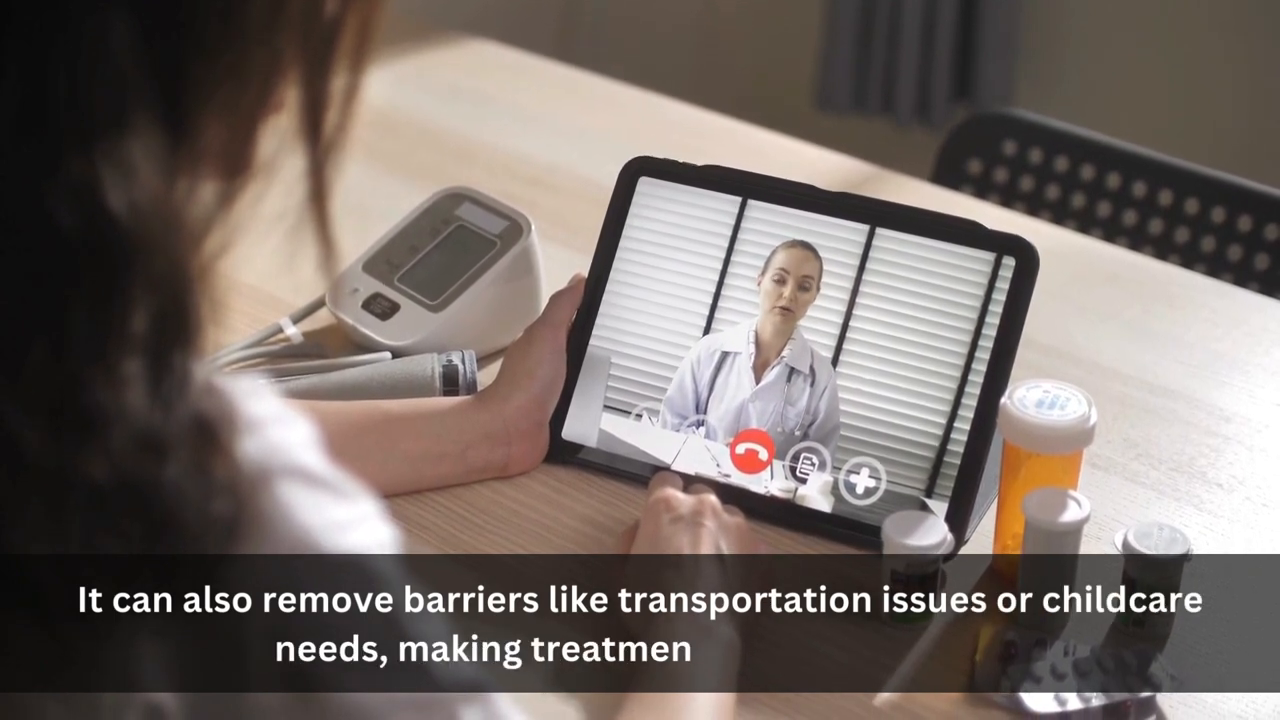
When you think telemedicine, think video chats with your doctor or therapist. While it’s true that some initial assessments might call for an in-person visit, for ongoing conversations, check-ins, and follow-up appointments, teletherapy is ideal. It’s the perfect platform to discuss how you’re feeling, get your prescription refills, and delve into therapy techniques—all this without stepping outside your home.
“Teletherapy offers a powerful tool for managing ADHD, providing flexibility, accessibility, and potentially making treatment easier to stick with.”
Points to Ponder Before Embracing Teletherapy
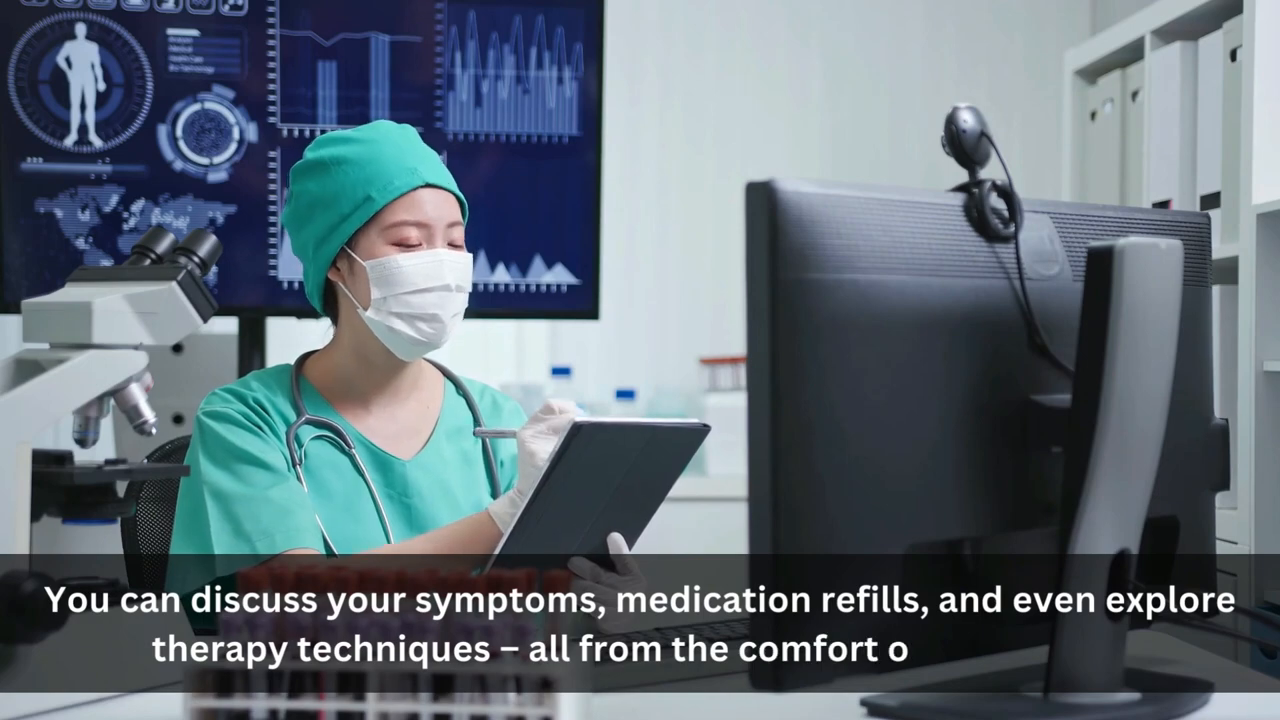
Before you jump on board the teletherapy train, there are a few things to keep in mind. A reliable and strong internet connection is pretty much the backbone of a smooth online experience. Without it, you might end up more frustrated than relieved.
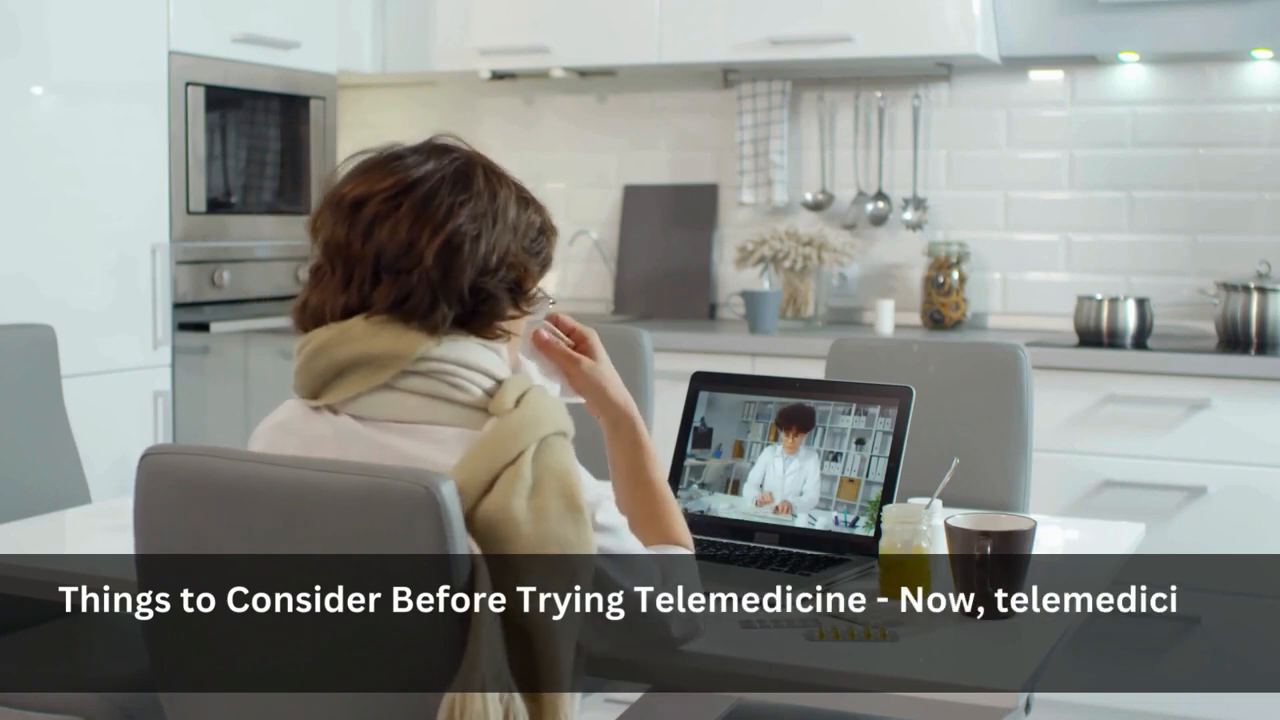
Also, we’re all different, and some folks might simply prefer that face-to-face interaction. It’s essential to find a doctor or therapist you’re comfortable with over a virtual setup.
Taking the Telemedicine Leap
Telemedicine or teletherapy could be the game changer you’ve been waiting for, especially if managing your ADHD has felt like an uphill battle.
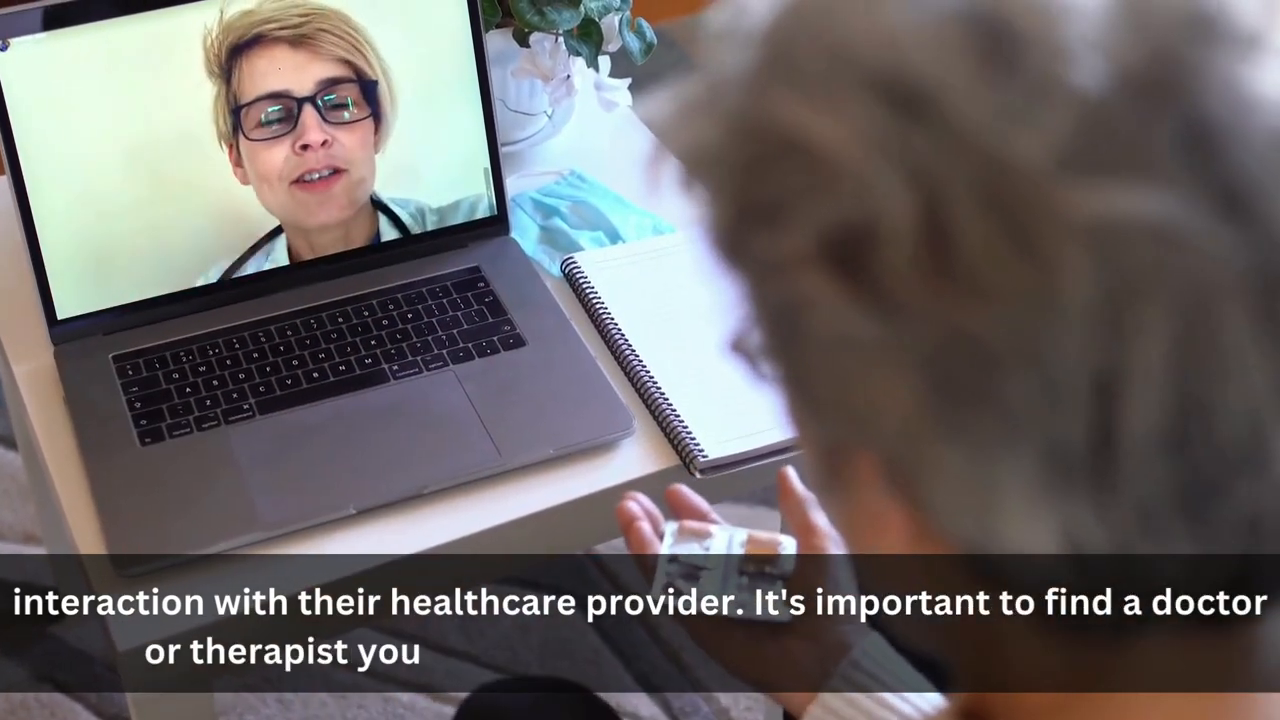
Not only does teletherapy offer flexibility, but it also makes treatment far more accessible than it has been. No more logistical juggling to make it to the doctor’s office!
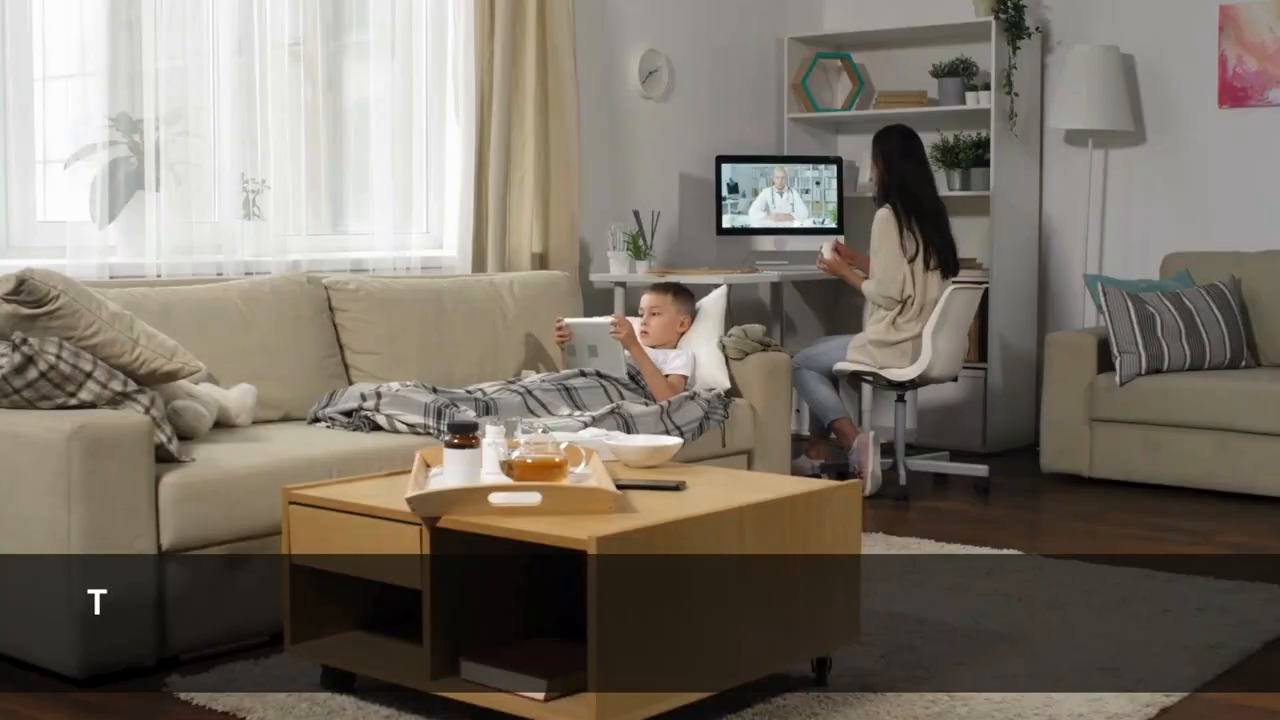
If this conversation has piqued your interest, why not reach out to your doctor? See if teletherapy fits into your life puzzle.
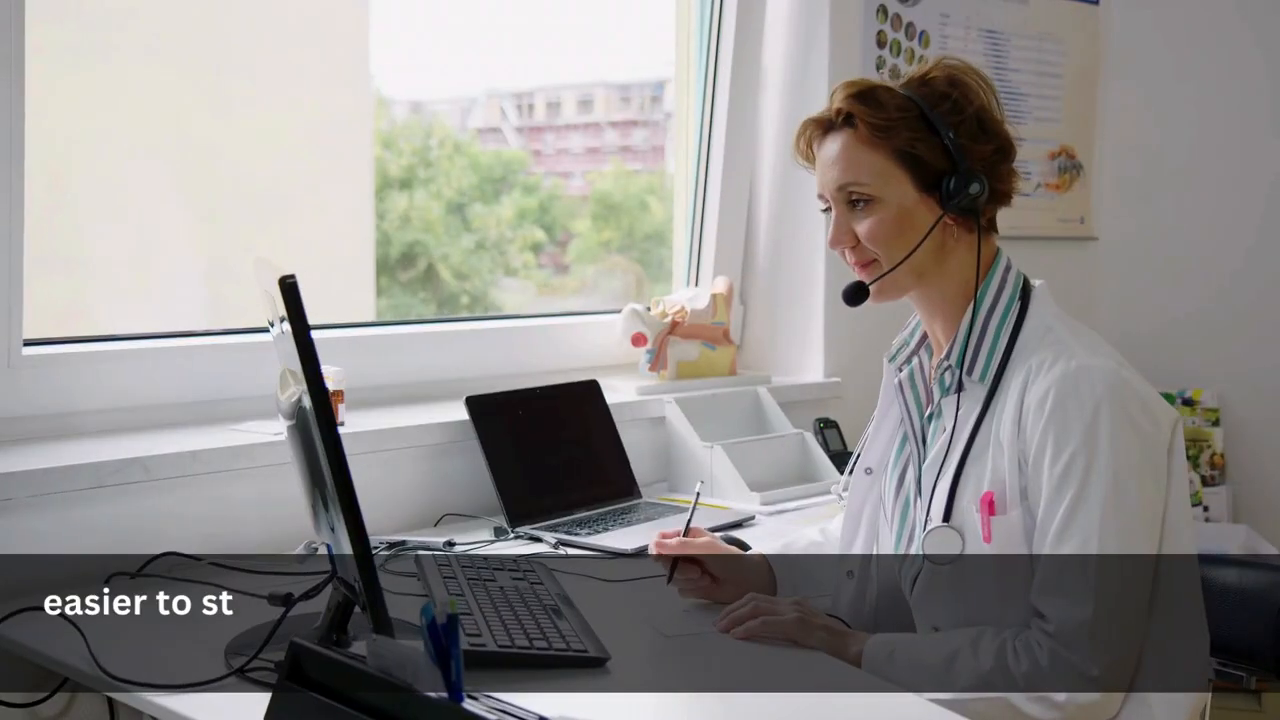
Thanks for joining in on the discussion about teletherapy. If you’re eager to dive deeper or have questions you need answered, don’t hesitate to contact our office at 912-662-6501. Our friendly staff is ready to guide you through your options for teletherapy and mental health.

And hey, we want to know your take on teletherapy. Have you given it a try? Is it something you’d consider? Let us know in the comments!
Remember to hit that like button if you found this information helpful, and subscribe for more enlightening content on ADHD and mental health. Catch you next time!

Call to Action:
Are you ready to embrace a more accessible approach to managing ADHD? Talk to your doctor about teletherapy today. For more information and resources on mental health, make sure to subscribe to our blog for updates.

Your thoughts matter! Share your teletherapy experiences or questions in the comments below, and we’ll jump into the conversation together.
(Remember, caring is sharing—hit that like button and subscribe for more ADHD and mental health insights!)
Contact Us:
📞 912-662-6501
3 Benefits of Teletherapy: Accessible Mental Health Care for All
3 Benefits of Teletherapy: Accessible Mental Health Care for All
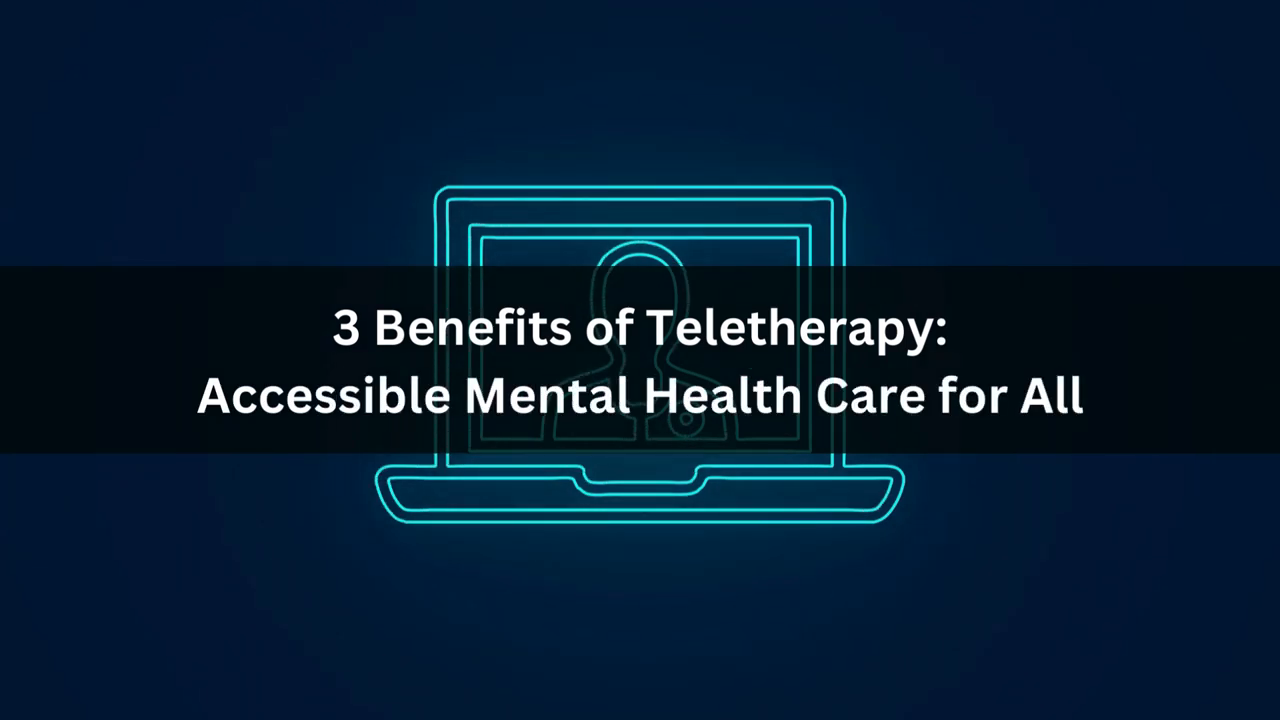
In our rapidly changing world, where innovation touches nearly every aspect of our lives, mental health care too is transforming. And right at the heart of this transformation is teletherapy. In this post, we will delve into the three key benefits of teletherapy that are revolutionizing mental health care, making it more accessible and convenient for everyone.
Accessibility: A World Without Barriers
Imagine being able to reach out for help regardless of where you are. That’s what teletherapy offers. It dismantles the geographical hurdles, casting a wide net of mental health support to individuals, whether they’re bustling about in the city or nestled in a quiet, remote village.
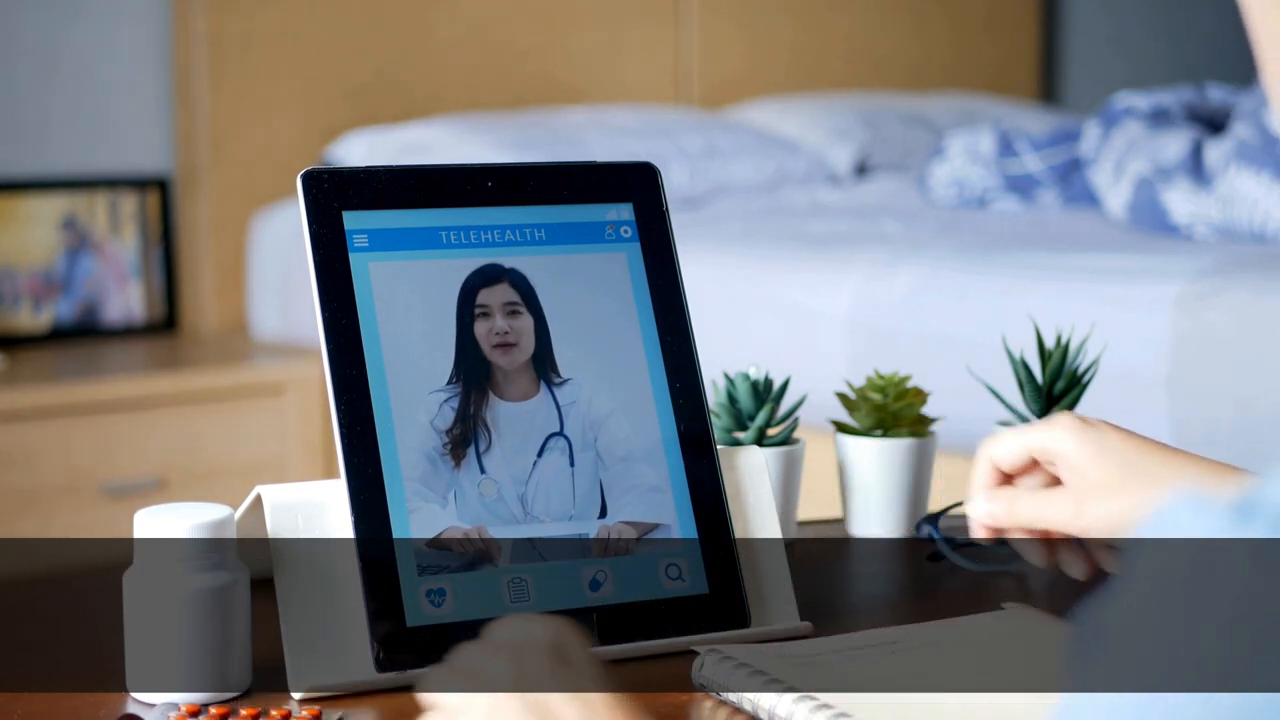
Benefit #1: Breaking Down Distance
Teletherapy ensures that living far away from urban centers or struggling to find nearby mental health services is no longer a detrimental barrier. With this tool, assistance is literally just a click away. The beauty of teletherapy lies in its ability to bridge the gaps that previously made it challenging for many to receive the support they need.
Convenience: Mental Health Care on Your Terms
Benefit #2: Therapy at Your Fingertips
Say goodbye to the days of adjusting your entire day around an appointment or facing the stress of commuting. With teletherapy, your therapist is as close as the nearest smartphone or computer. This flexibility weaves mental health care into the fabric of your daily life without the interruptions traditional approaches can sometimes impose.
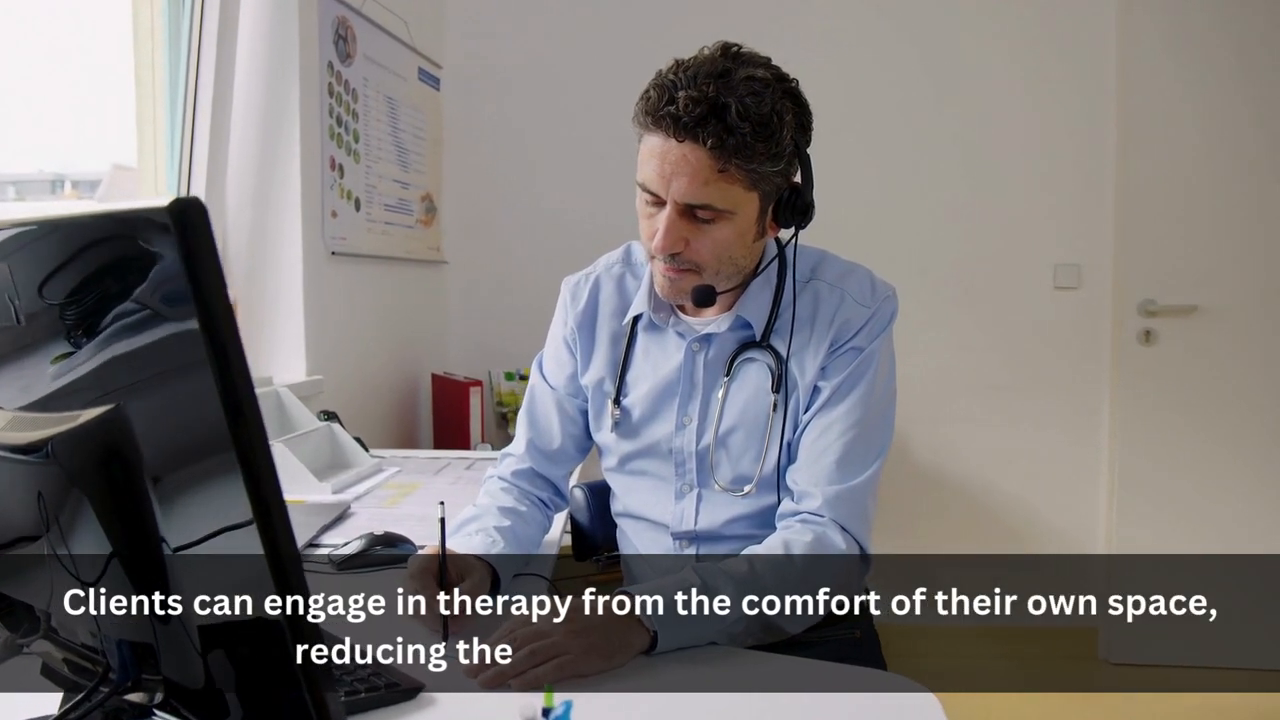
From the comfort of your home, during a break at the office, or even while traveling, you can schedule sessions that work with your lifestyle. This ease of access to mental health services streamlines care, ensuring it’s harmonized with your routine rather than being an intrusion.
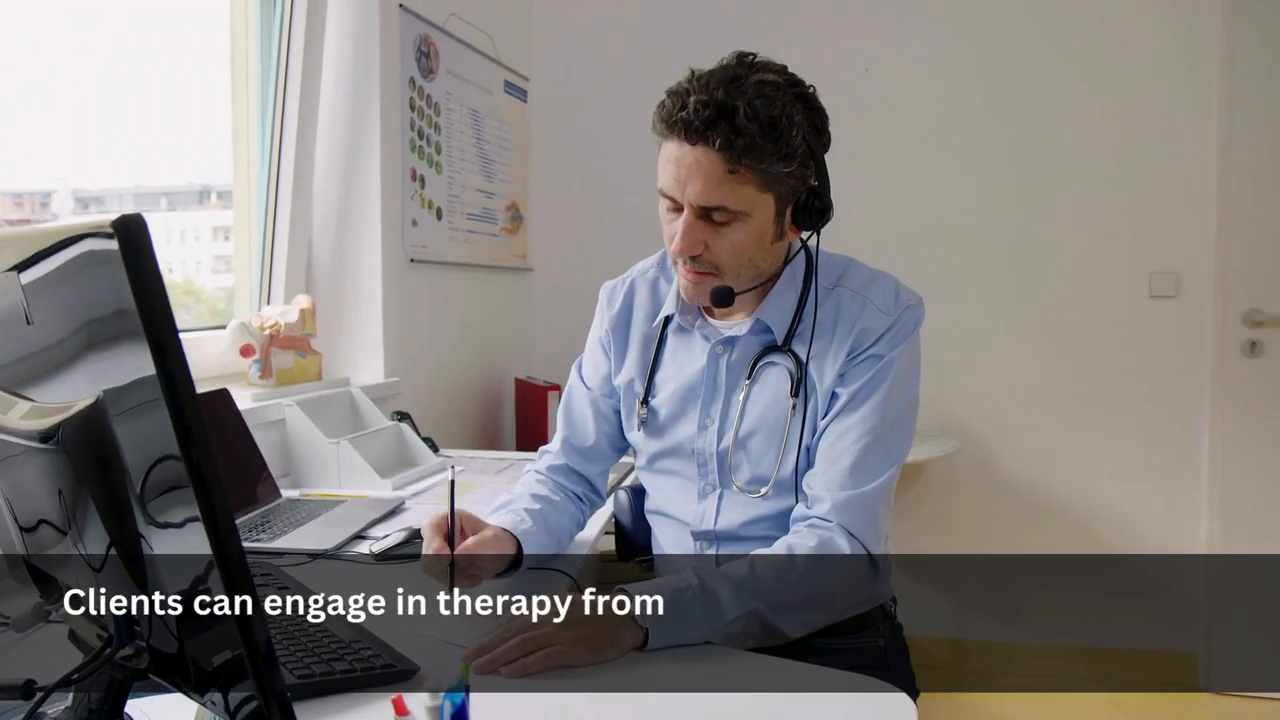
Enhanced Privacy and Reduced Stigma
Benefit #3: A Confidential Haven
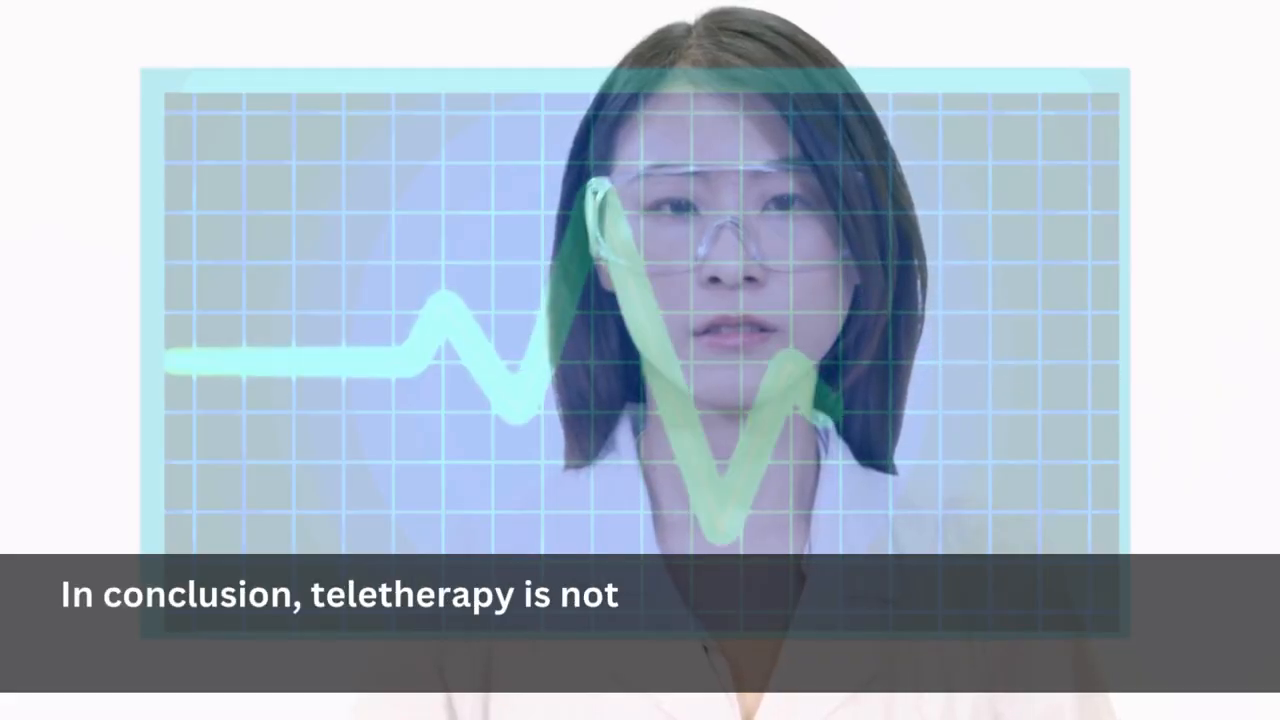
A significant advantage of teletherapy is the degree of privacy it affords. Unlike traditional face-to-face therapy sessions, teletherapy permits clients to engage in therapeutic conversation from their chosen environment, mitigating the fear of judgment or stigmatization that can come with seeking mental health support.
“Teletherapy provides a sanctuary where you can focus on healing and growth, away from the prying eyes of the world.”
In an era where privacy is cherished and the stigma around mental health is steadily being dismantled, teletherapy stands out as a compassionate and discreet form of care.
Teletherapy: A Technological Lifeline for Mental Well-Being
Teletherapy isn’t merely a technological innovation; it’s more aptly described as a lifeline—a conduit to enhanced well-being for people everywhere. It’s founded on the principle that every person deserves equal access to mental health care.
At DPS Health and Wellness, we have embraced this lifeline, offering convenient and discreet teletherapy options. We understand the changing dynamics of healthcare and strive to ensure our services reflect that. That’s why we accept most insurance plans, and in many instances, our teletherapy services are fully covered.
If teletherapy seems right for you or if you’re simply curious to learn more about it, do not hesitate to reach out to us. Our friendly staff is available to assist at 912-662-6501. Remember, when it comes to well-being, you deserve a seat at the table.
Before you go, consider subscribing to our channel for more insightful content like this, and don’t forget to watch our other teletherapy videos for more in-depth information.
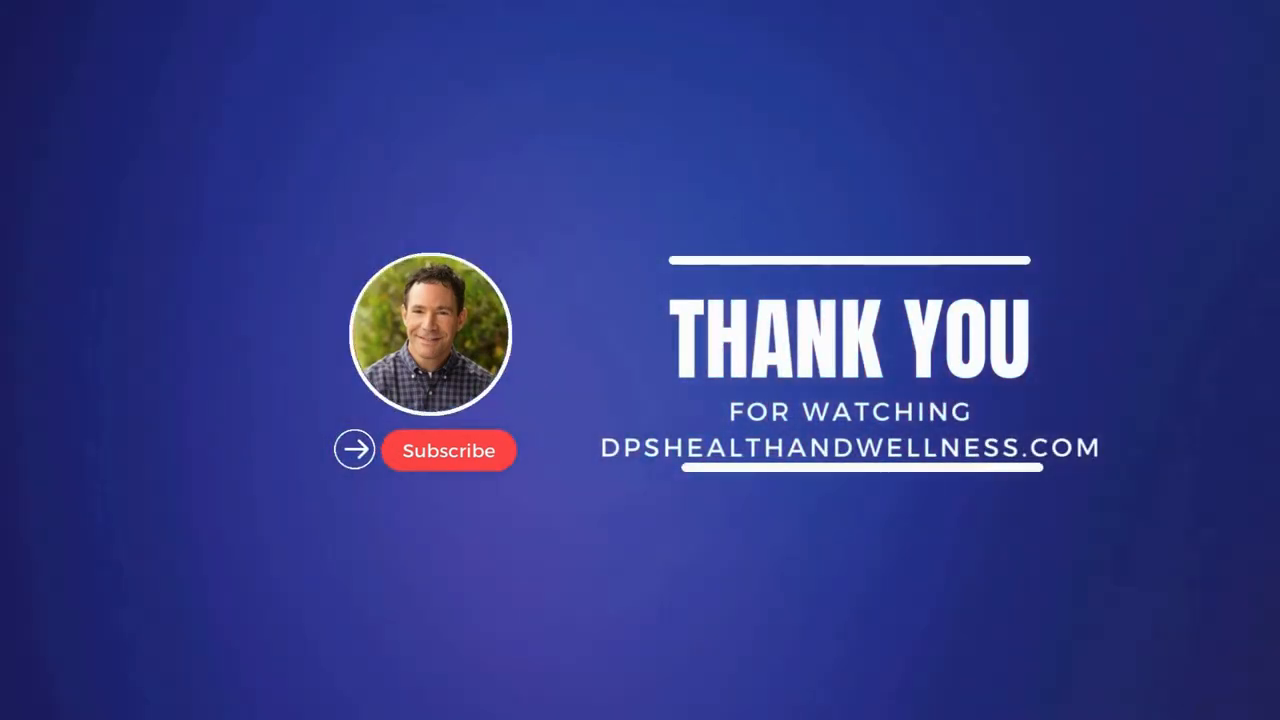
Remember, whether you’re looking for ease of access, flexibility, privacy, or simply taking that first step towards better mental health, teletherapy might be the perfect fit for you.
Managing Adult ADHD: 7 Effective Coping Strategies
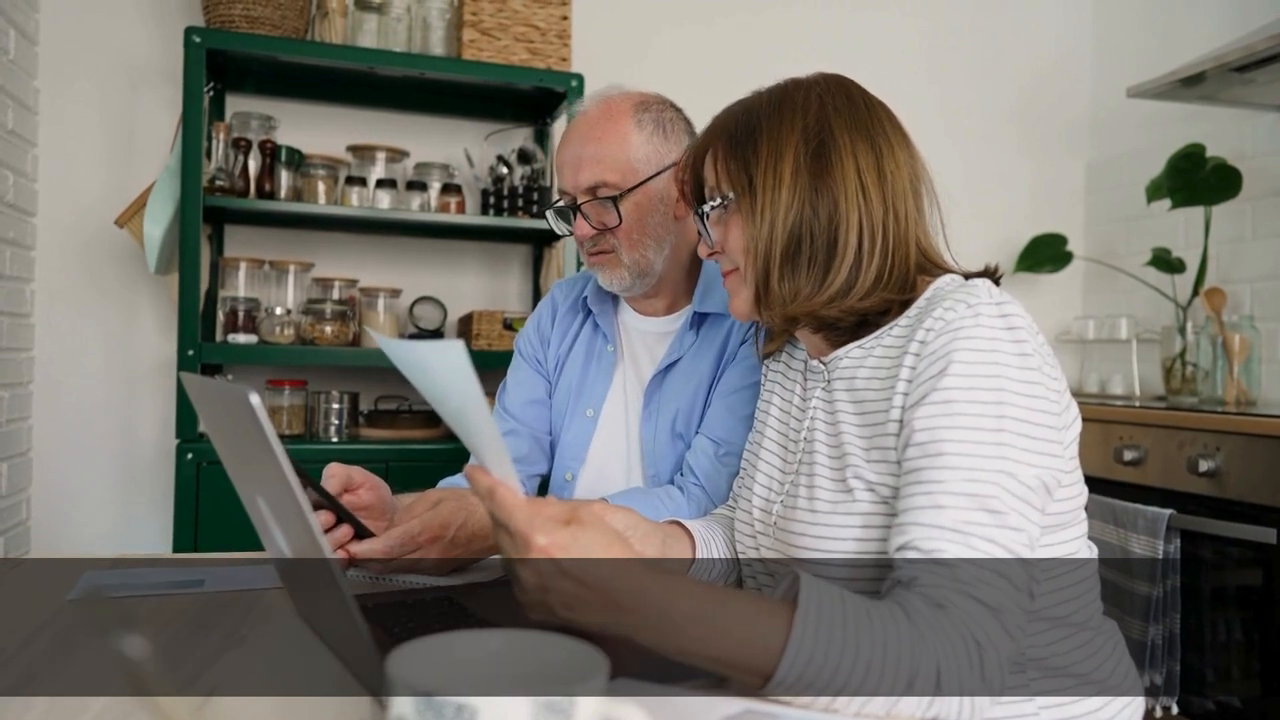 Living with adult attention deficit hyperactivity disorder (ADHD) can seem like you’re navigating a labyrinth without a map. It involves unique challenges that can impact various aspects of day-to-day life. But fear not, my friends! With a handful of effective coping strategies, you can bolster your daily performance and give your overall wellness a much-needed boost.
Living with adult attention deficit hyperactivity disorder (ADHD) can seem like you’re navigating a labyrinth without a map. It involves unique challenges that can impact various aspects of day-to-day life. But fear not, my friends! With a handful of effective coping strategies, you can bolster your daily performance and give your overall wellness a much-needed boost.
Managing Adult ADHD: 7 Effective Coping Strategies
1. Unleash the Power of Tools and Technology
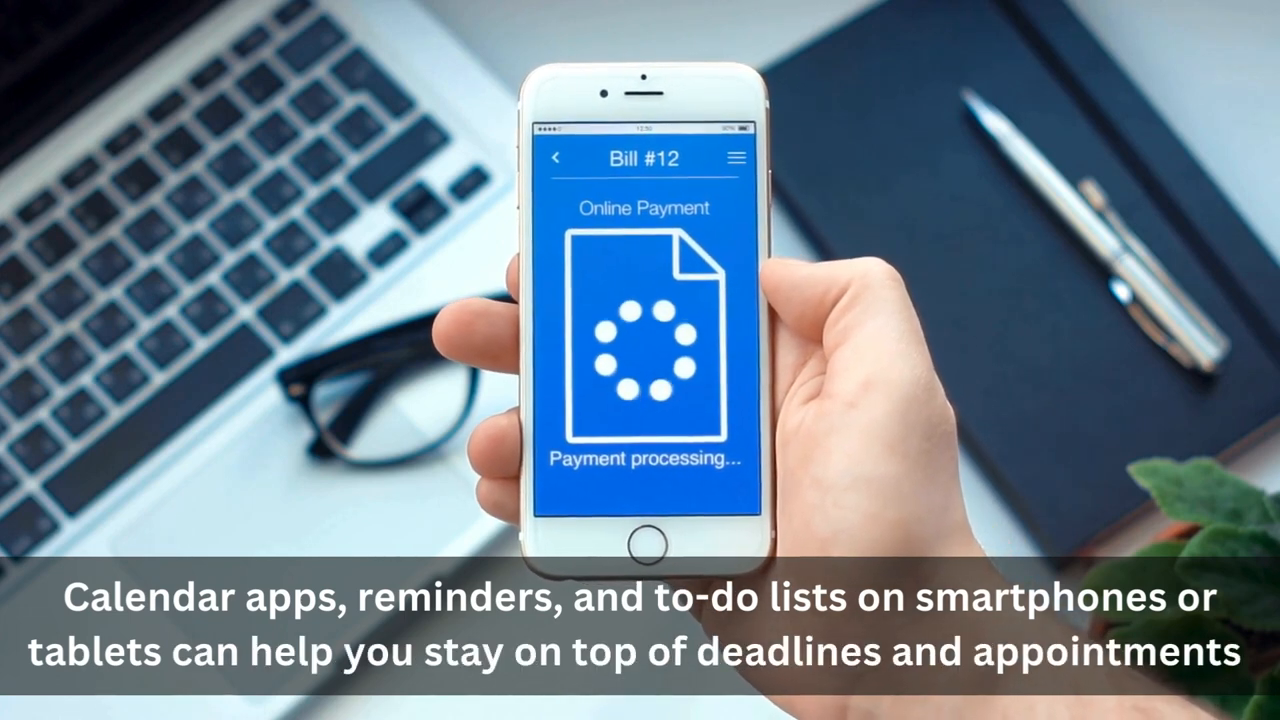
Take Charge with Tech: Use organizational tools and technology like calendar apps, reminders, and to-do lists on your smartphones or tablets. These can be your trusty sidekicks in staying a step ahead of deadlines and not missing that crucial dentist appointment.
“Digital tools – turning chaos into order one notification at a time.”
2. Chop It Up: Breaking Down Tasks

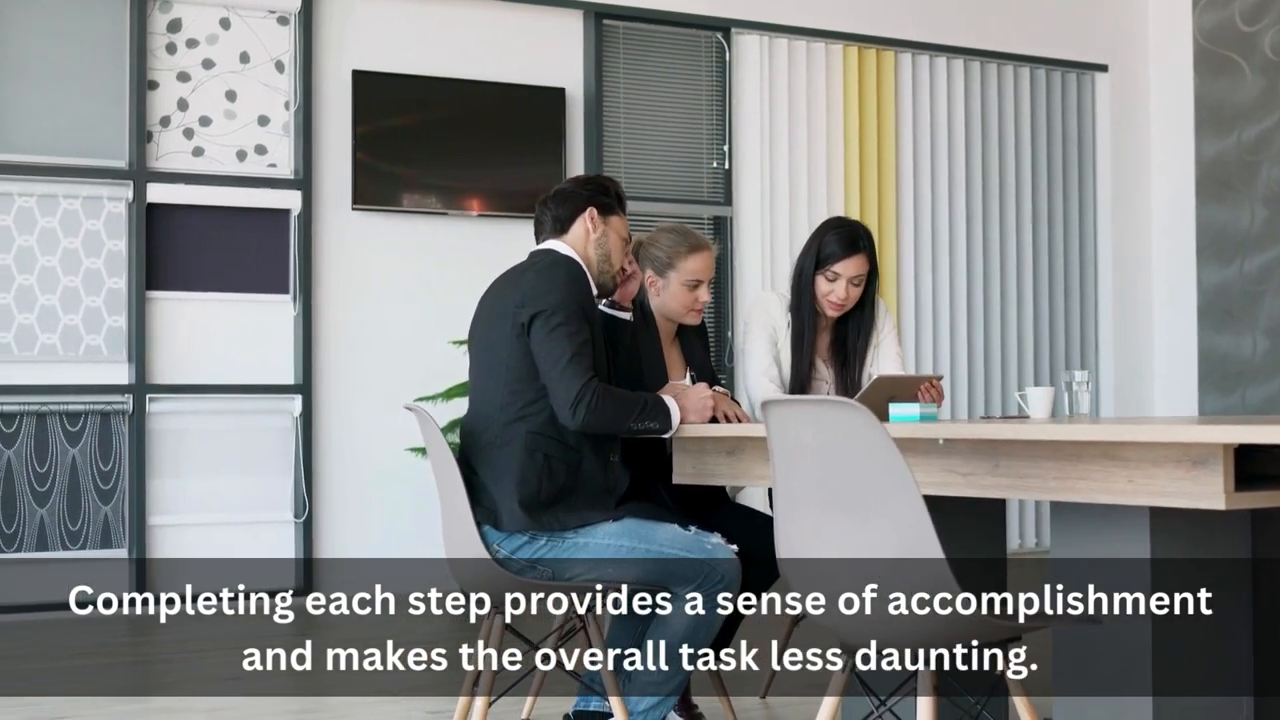
Small Victories Count: If you’re staring at a task that seems like a mountain, break it down! Smaller steps are like trekking a series of hills instead – totally doable, right? Each step you complete is like collecting a gold coin of accomplishment, making that mountain look more like a molehill in the end.
3. Routine: Your Personal Symphony of Structure
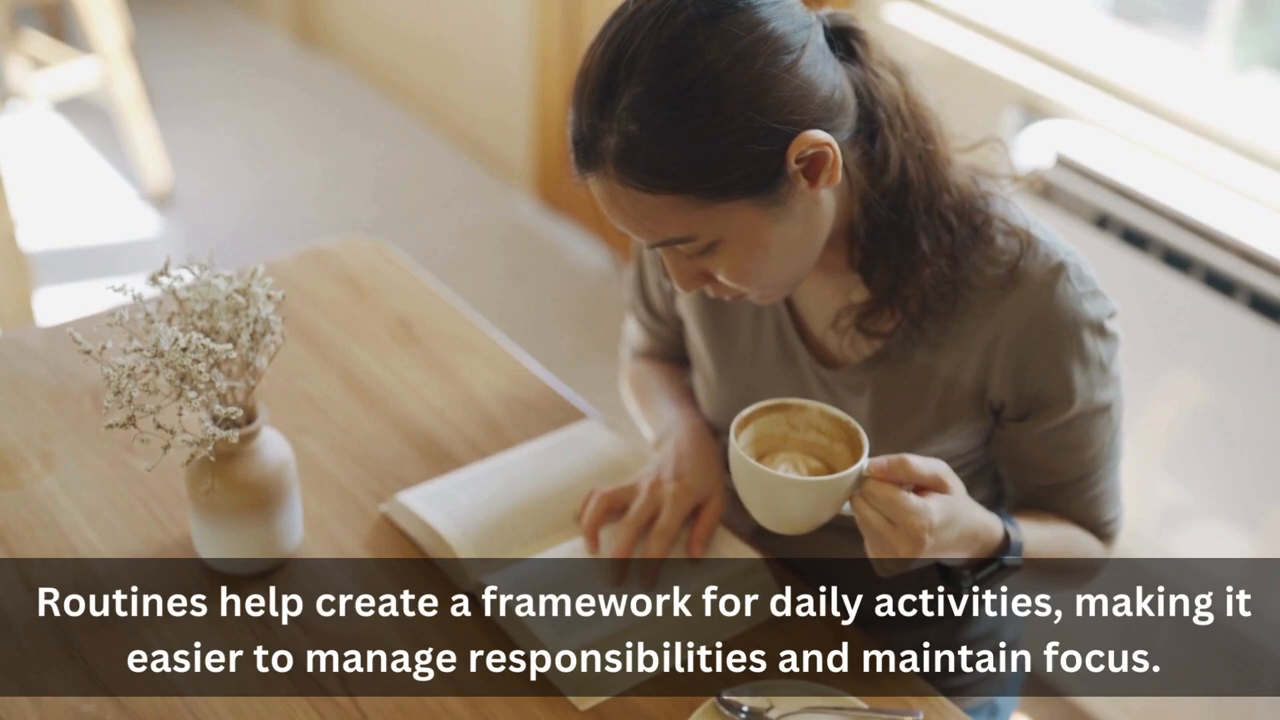
Consistency Is Key: Establish routines. They’re the friendly ghosts in your machine, providing structure and predictability. Think of routines as the skeleton that holds up your day, making it way easier to juggle responsibilities like a seasoned circus performer.
4. Visual Cues: See Your Success
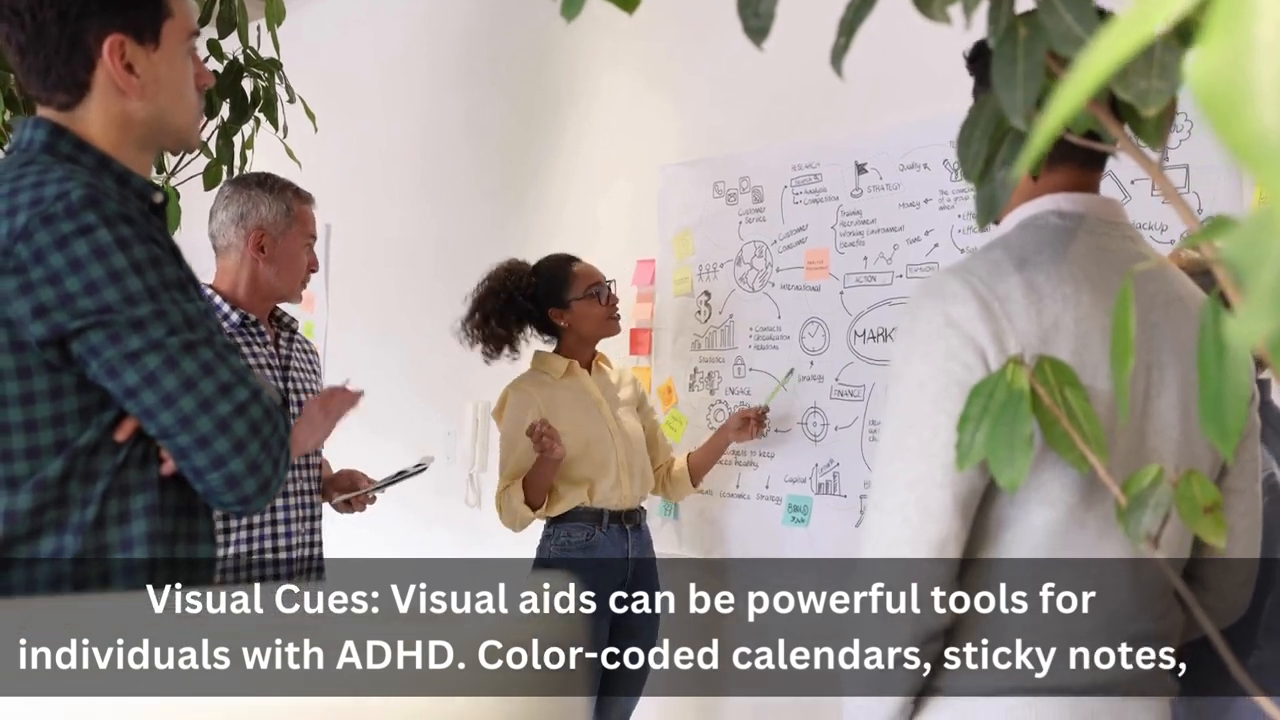
Paint with Colorful Cues: Visual aids are your flashlight in the fog. Color-coded calendars and sticky notes are more than just decorations; they’re your silent partners in crime (the good kind of crime) that help you stick to priorities and hit those pesky deadlines.
5. Prioritize and Delegate: The Art of Letting Go

Sort Out What Matters: Not every task is a five-alarm fire. Pick the ones that really matter and focus there first. And delegation? It’s not just a fancy word for laziness – it’s strategy, baby! When you can, pass on tasks that don’t need the magic touch of your wand.
6. Mindfulness and Relaxation: Your Mental Health Pit Stop

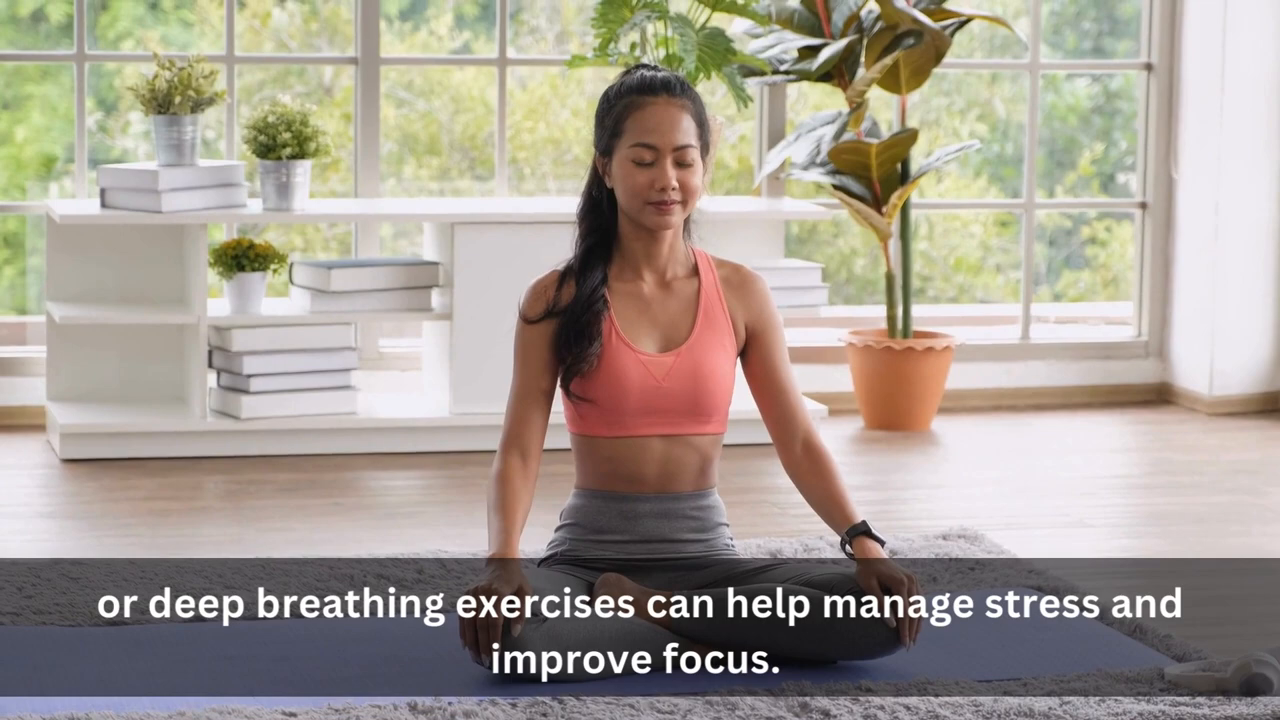
Calm the Mind, Tame the Chaos: A little bit of mindfulness or a few deep breaths can go a long way to calm the tides of stress. Weave these practices into your daily routine, like that morning cup of coffee, and watch as they lay down a lovely picnic blanket over the ants of anxiety.
7. Professional Support: Rally Your Personal Avengers

Call in the Cavalry from the Get-Go: There are superheroes among us. No, not with capes, but with degrees and cozy offices. Psychologists, therapists, and counselors who specialize in ADHD are there for you to provide ace tools and strategies to keep the ship sailing smoothly.
If you or a loved one is wading through the ADHD waters and could use a life preserver, dial our lifeline at 912-662-6501 and chat with our welcoming crew. Let’s get you or your loved one back on top of those waves.
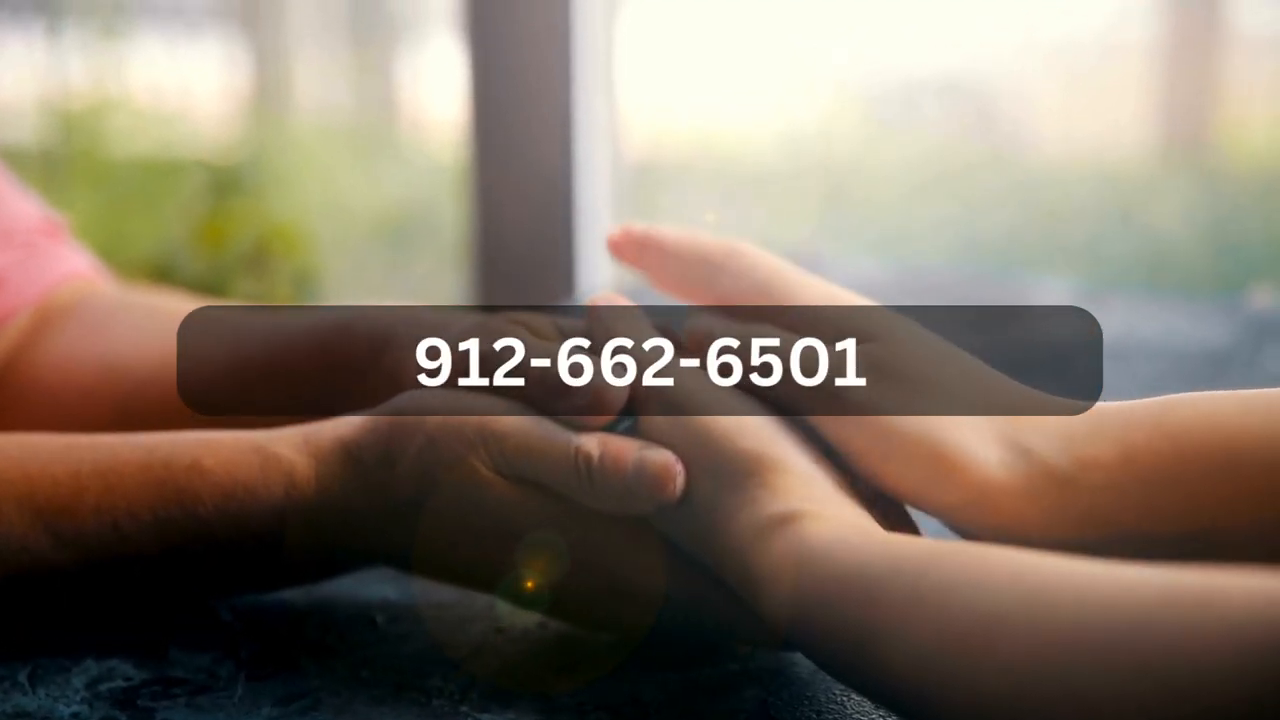
Before I wave goodbye, I’ve got two tiny requests. Could you be a dear and hit that subscribe button if you’ve found these strategies helpful? Your support means more than you know. And while you’re clicking away, why not treat yourself to another ADHD video? Just peek at the lower left of your screen—I’ve left something special there just for you.
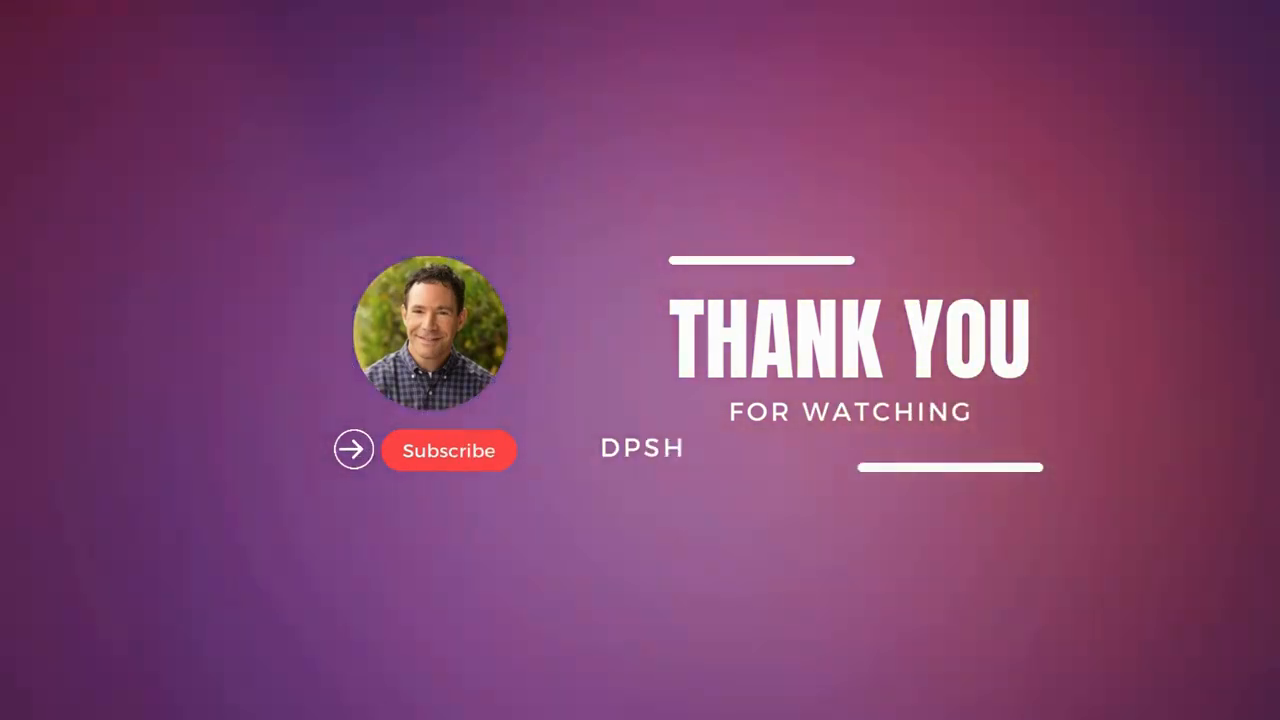
In closing, I want you to remember: Adult ADHD may feel like an uninvited party guest, but with these seven strategies, you’ll have the crowd-pleasing moves to turn it into the life of the party instead.
Thanks for stopping by, and keep thriving and jiving, my friends!

